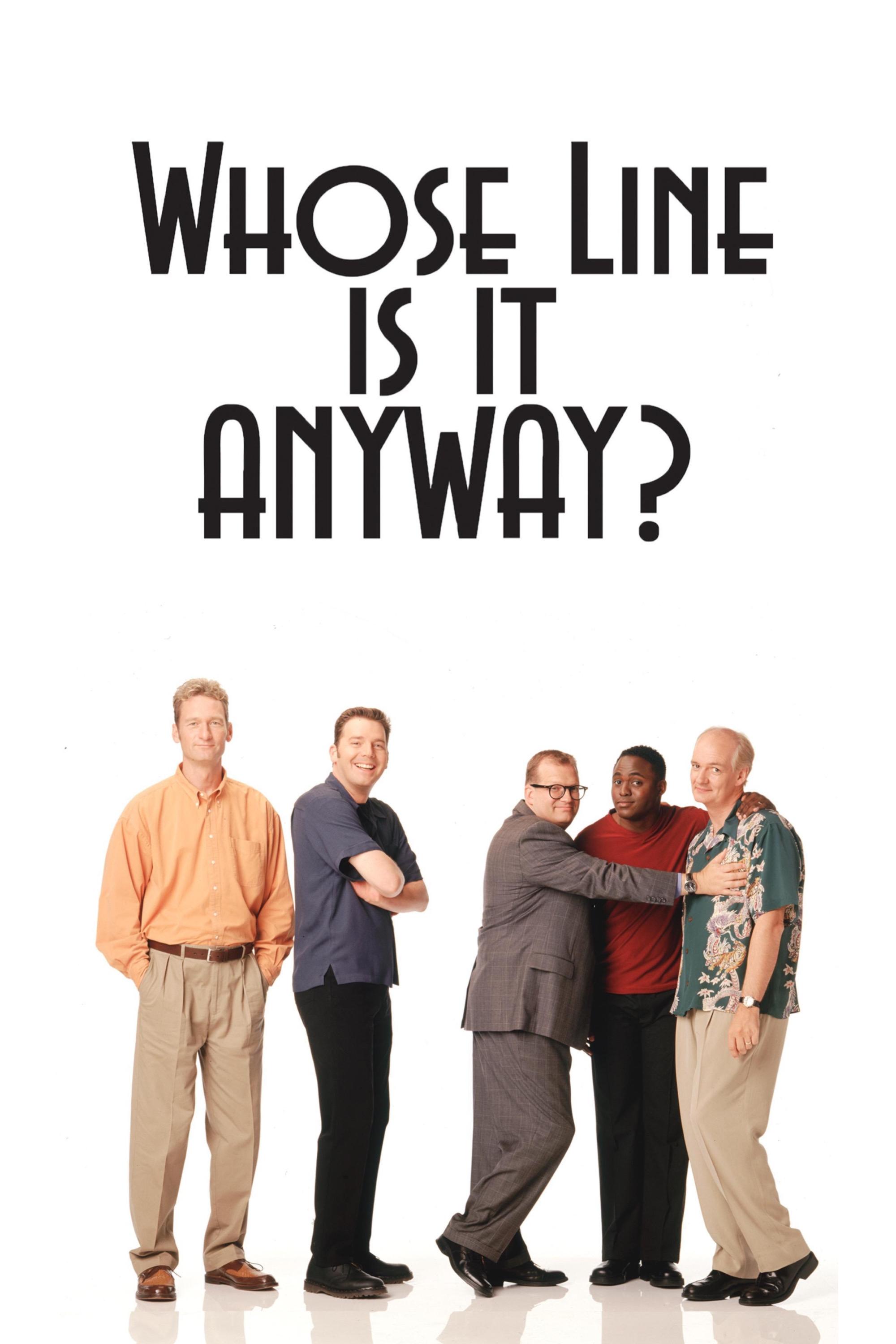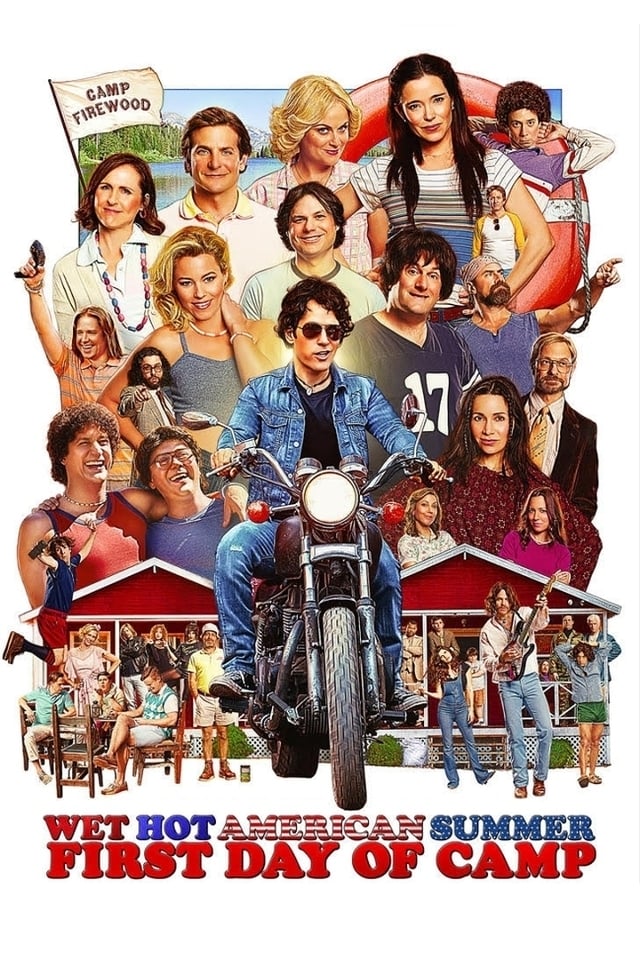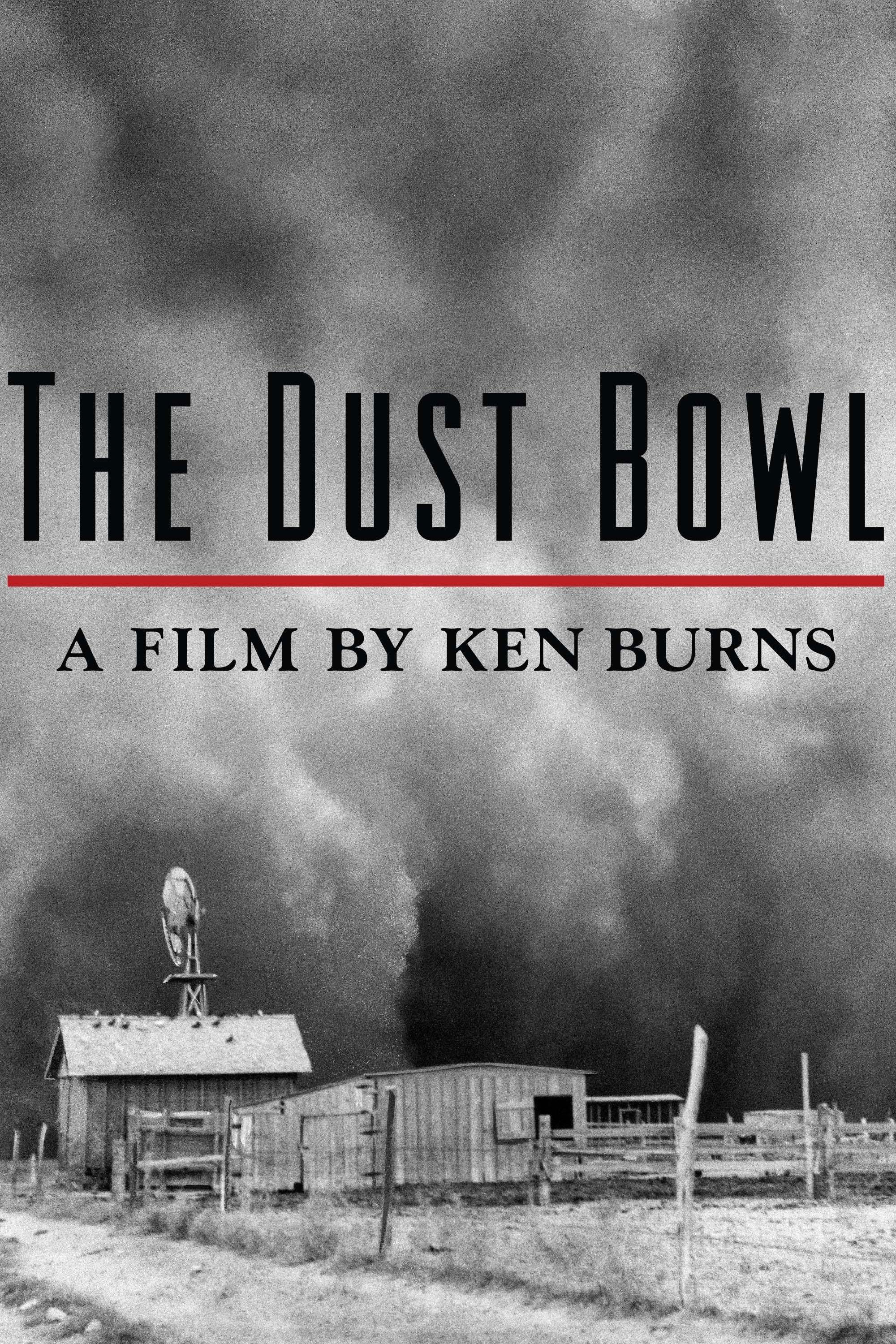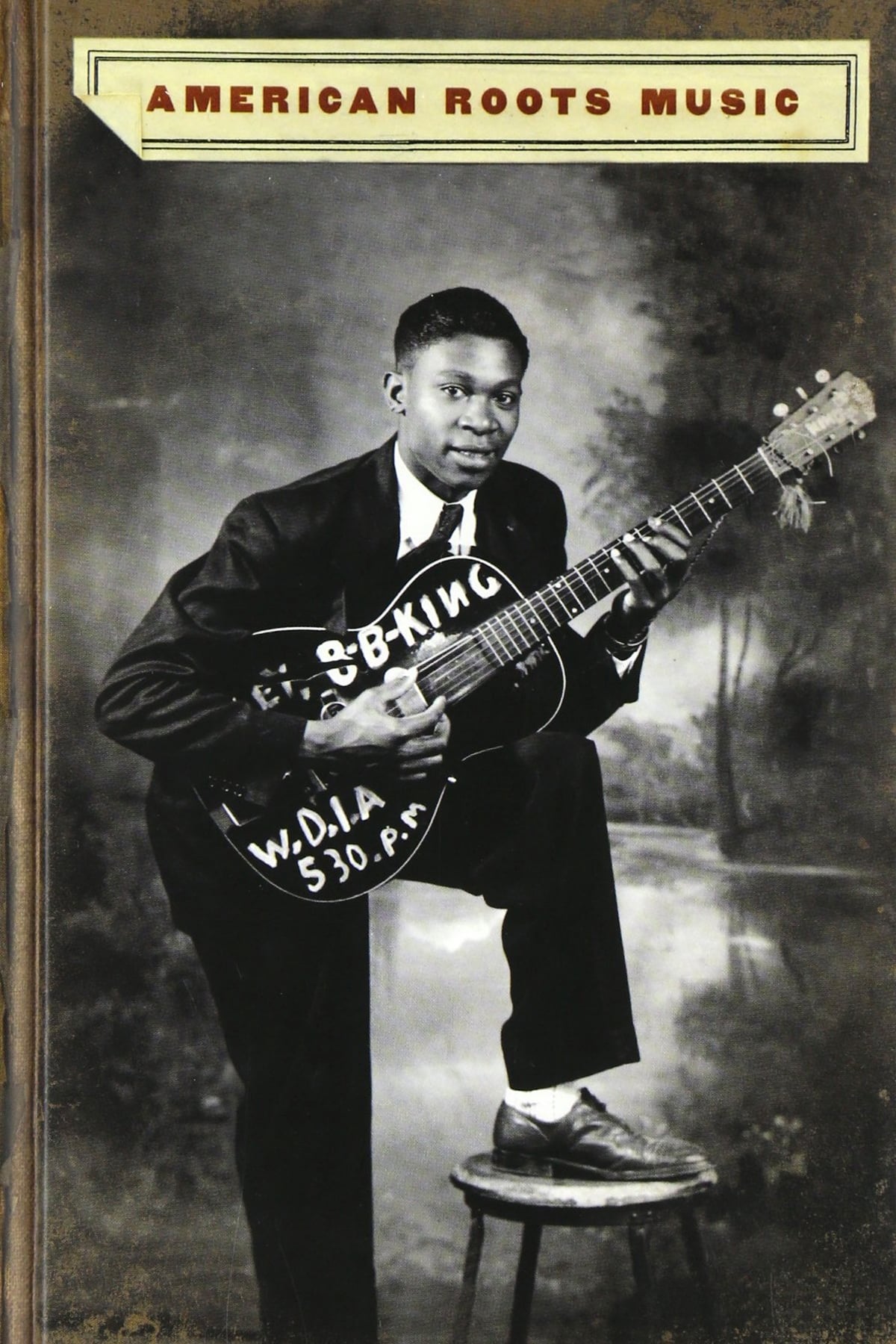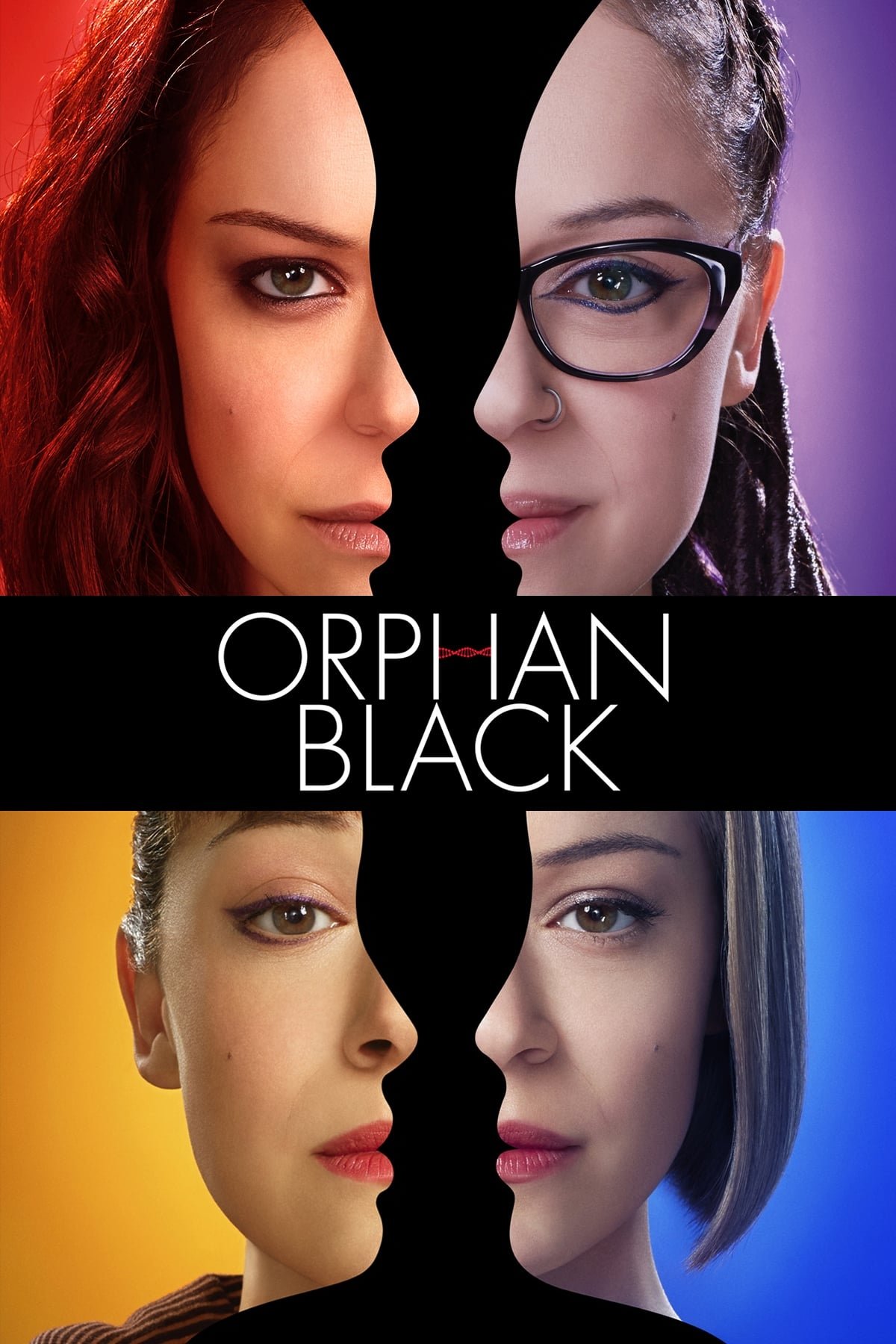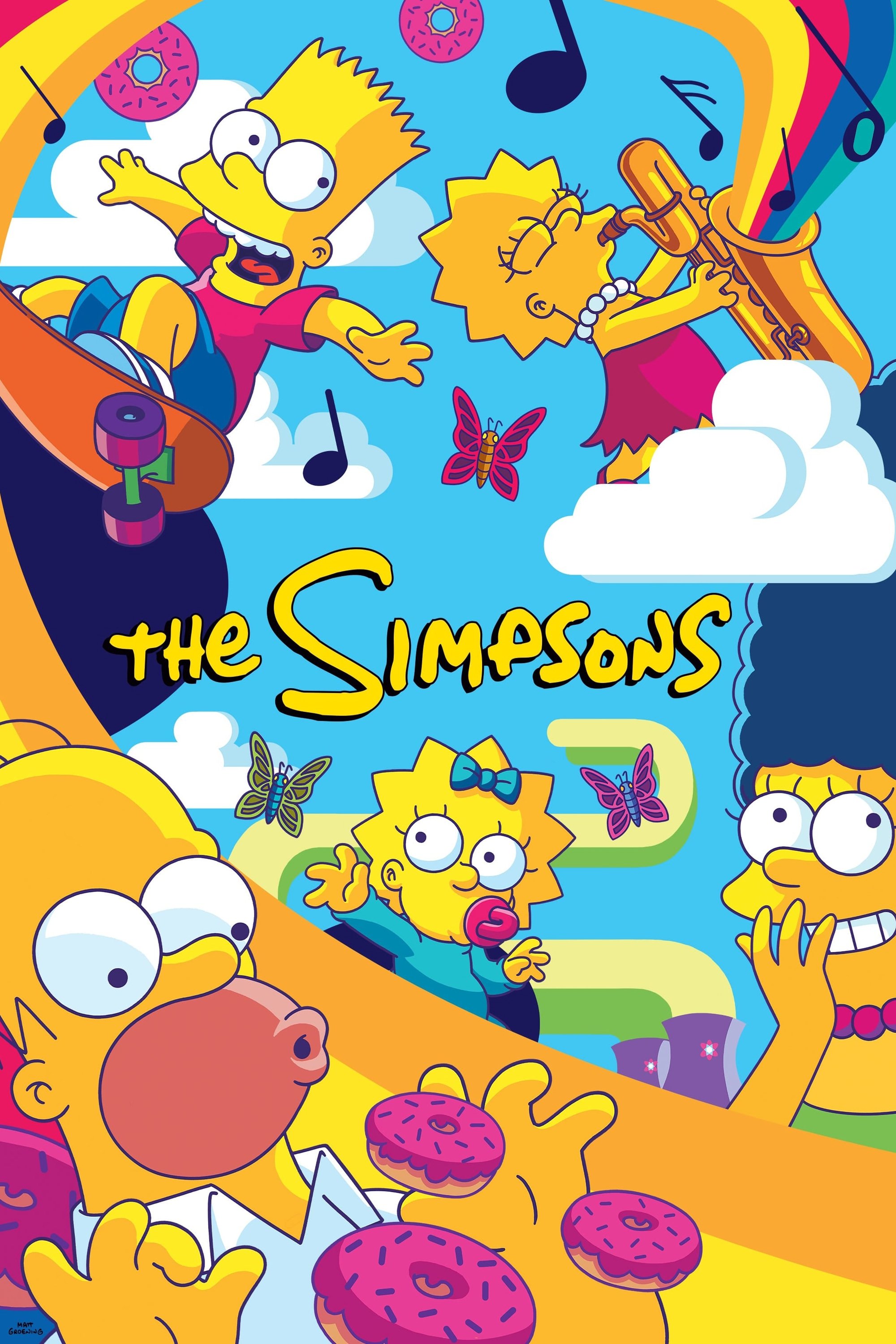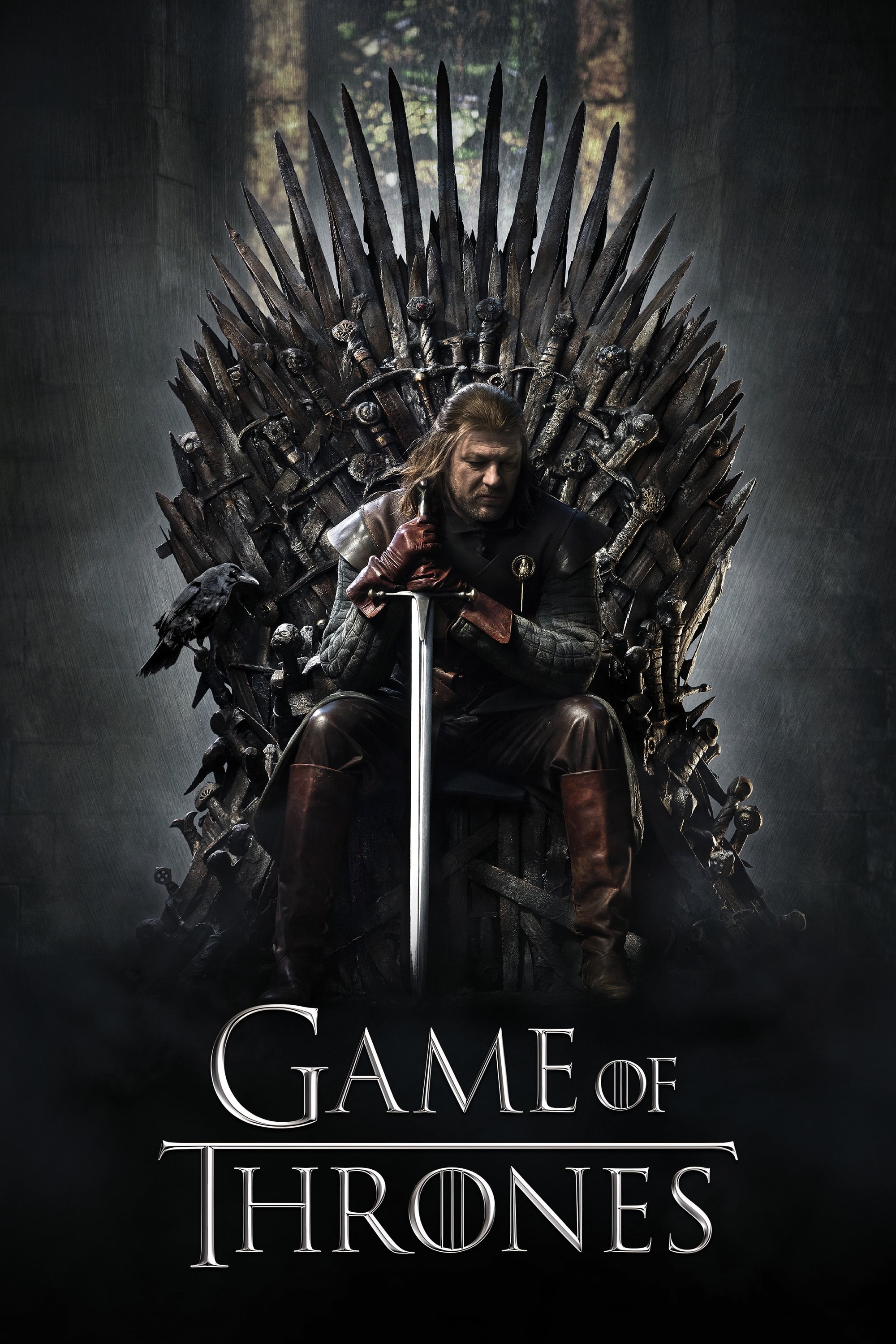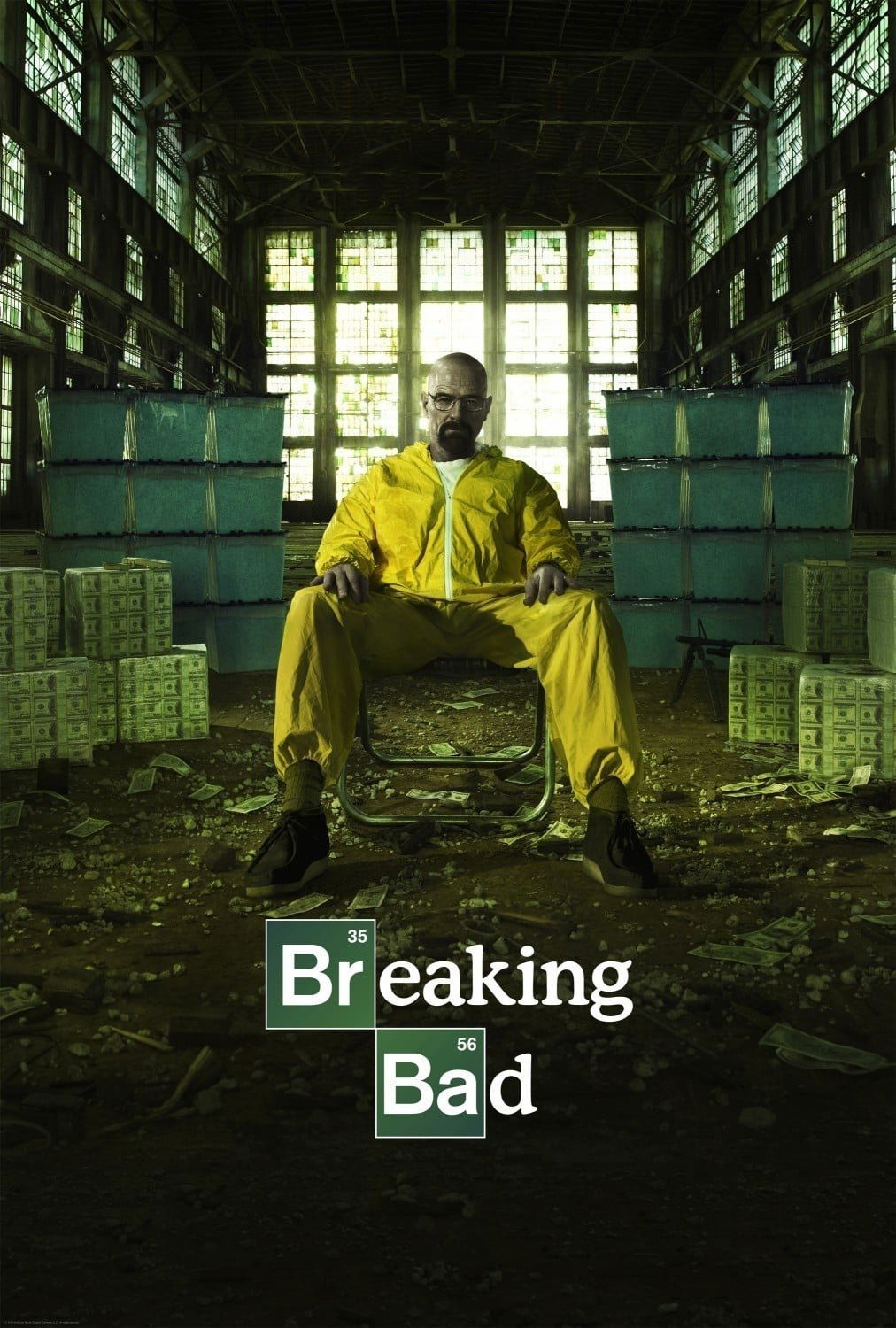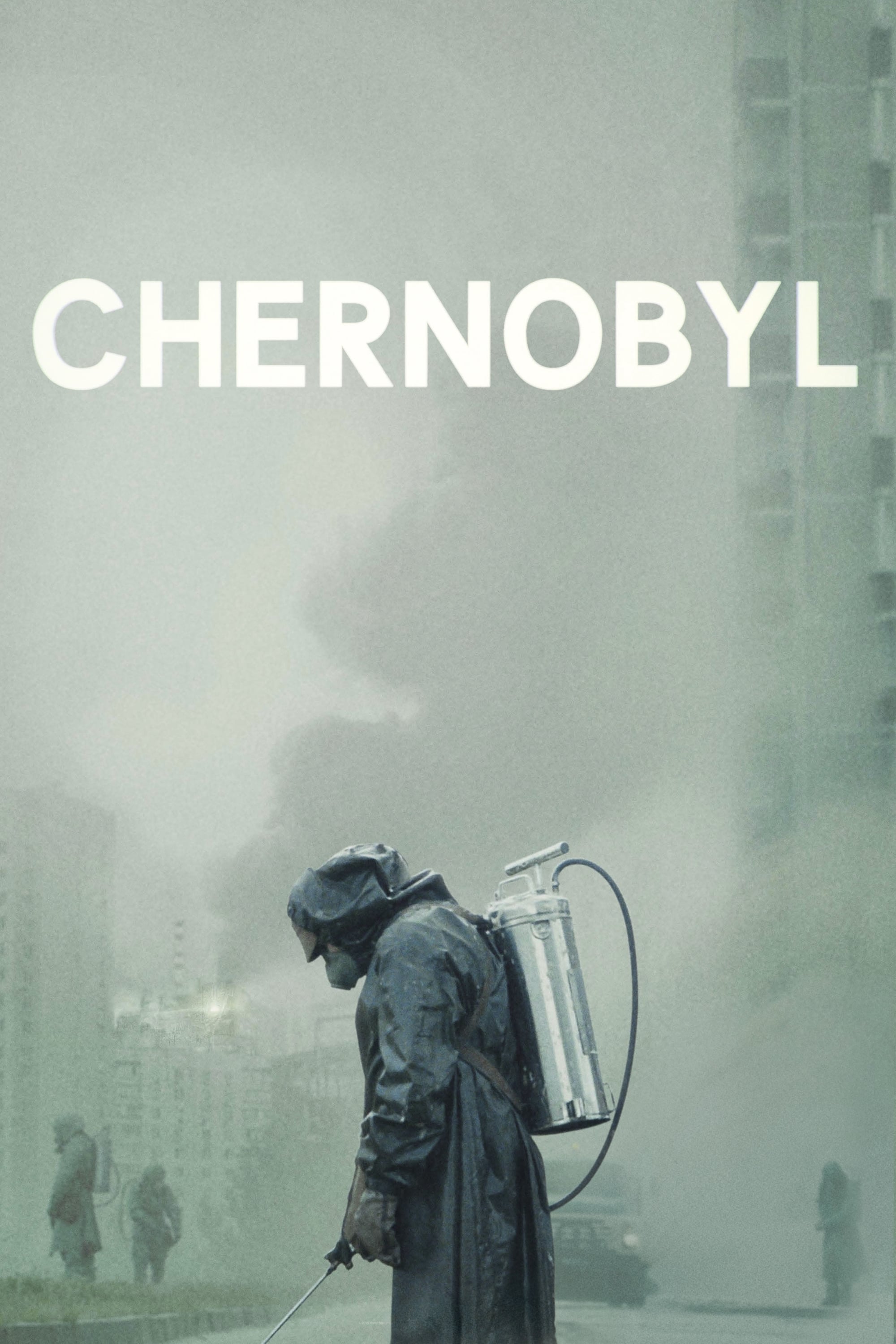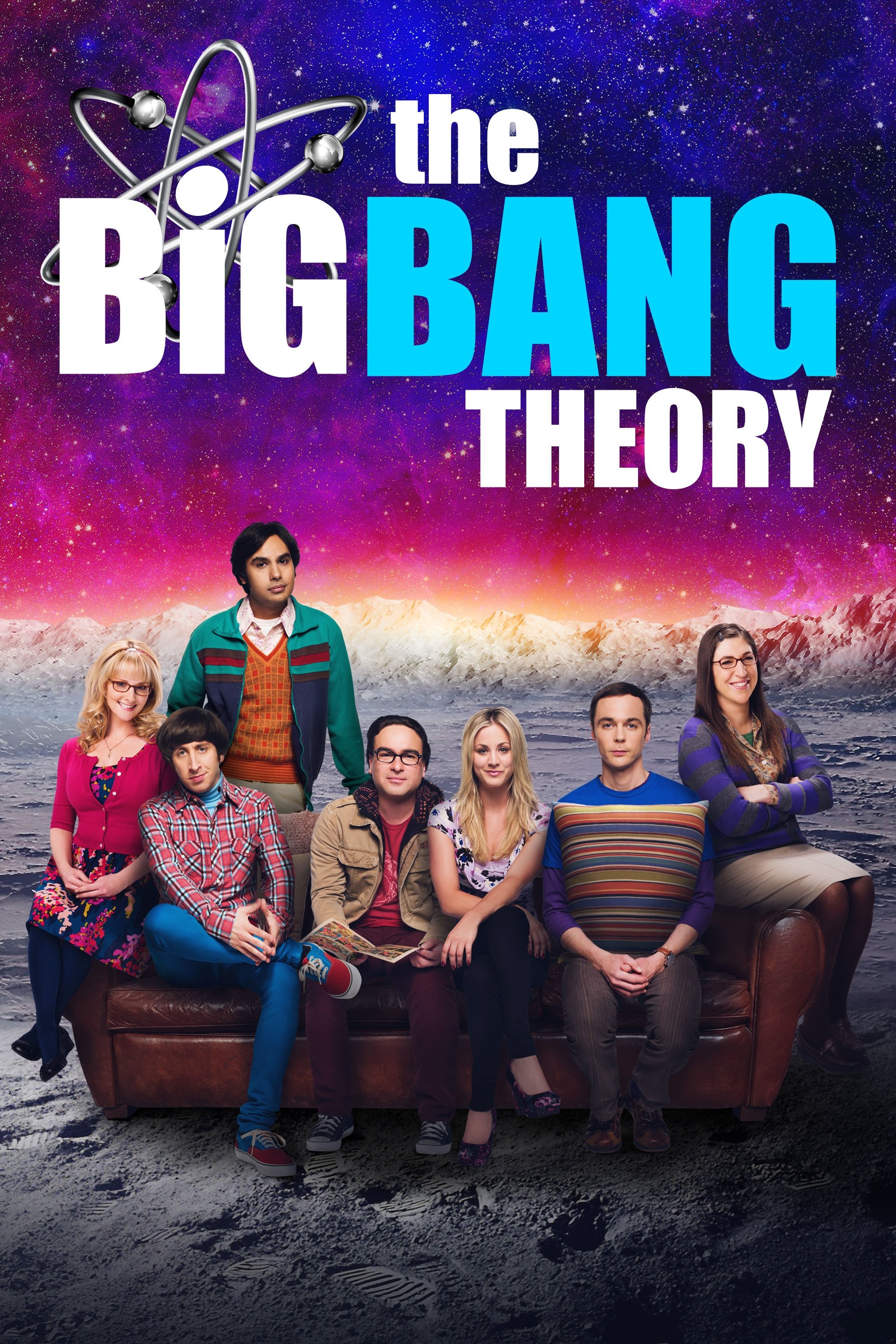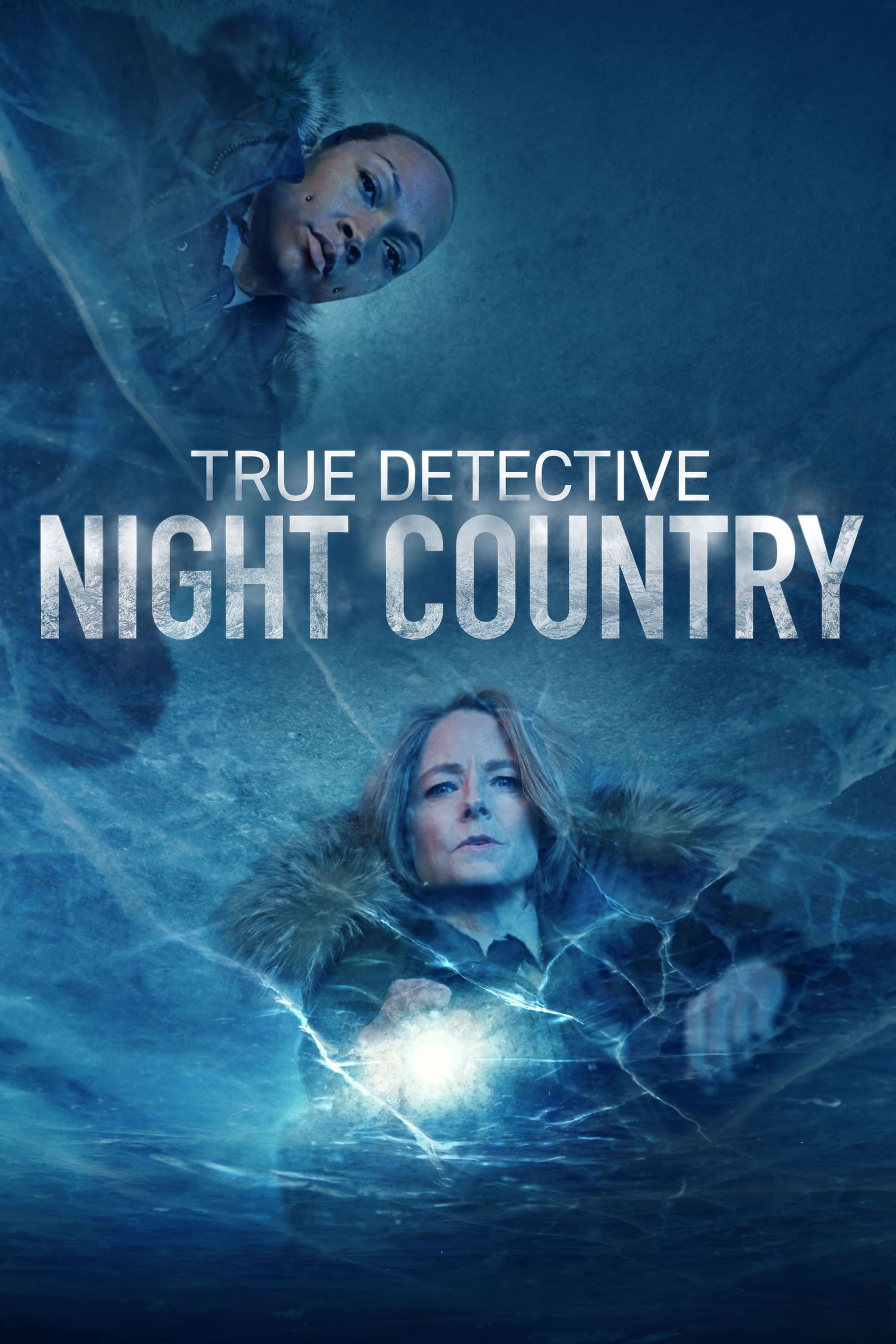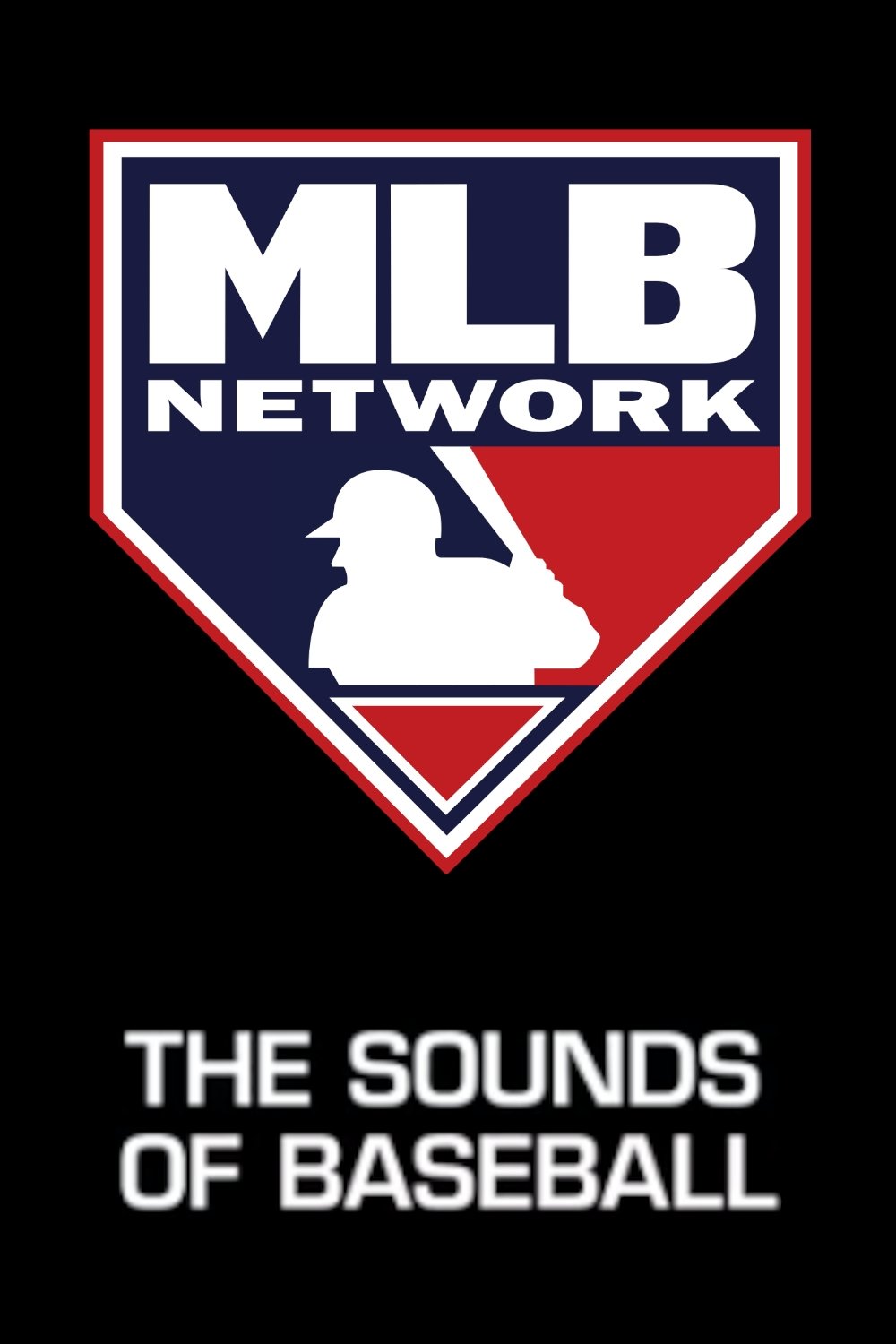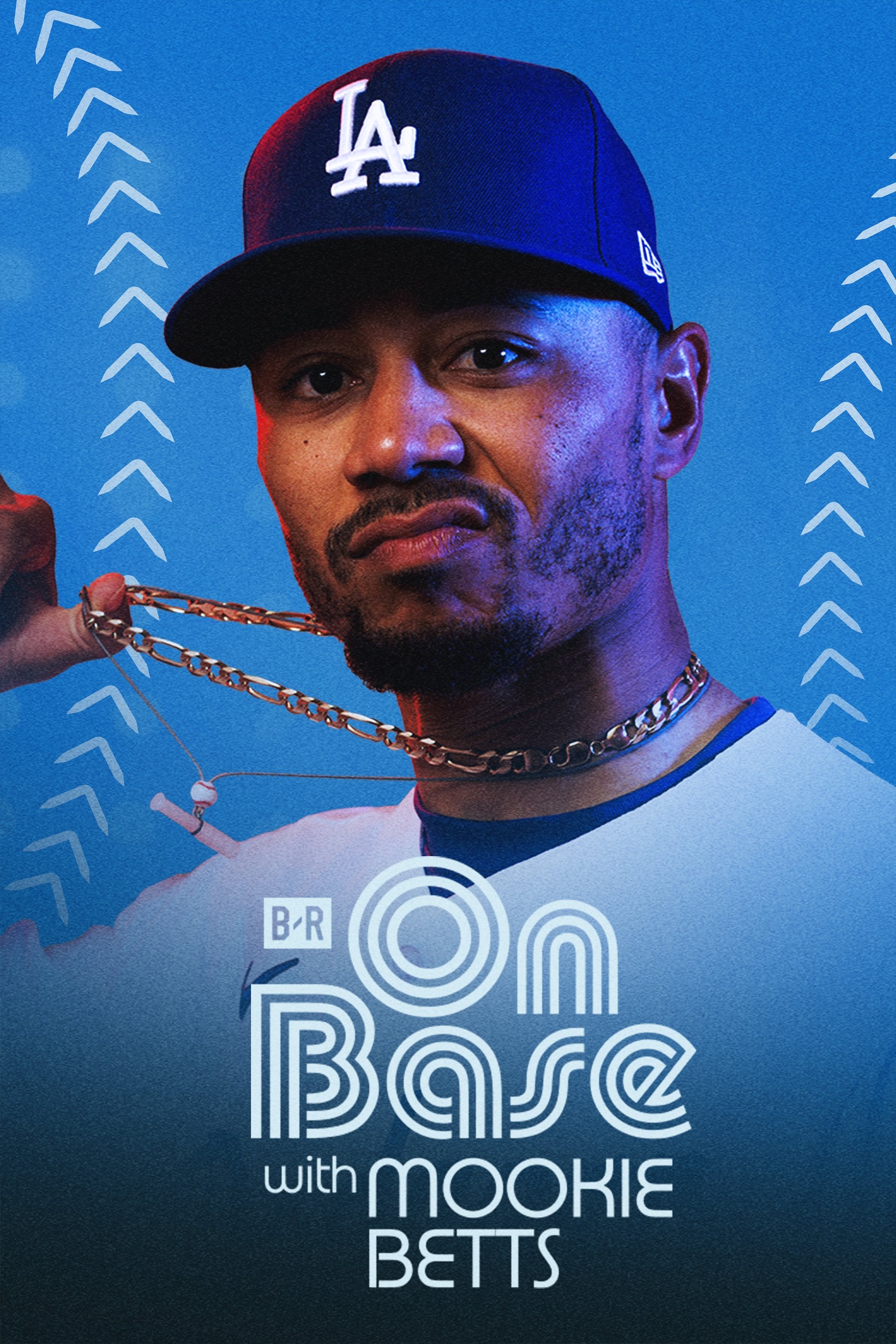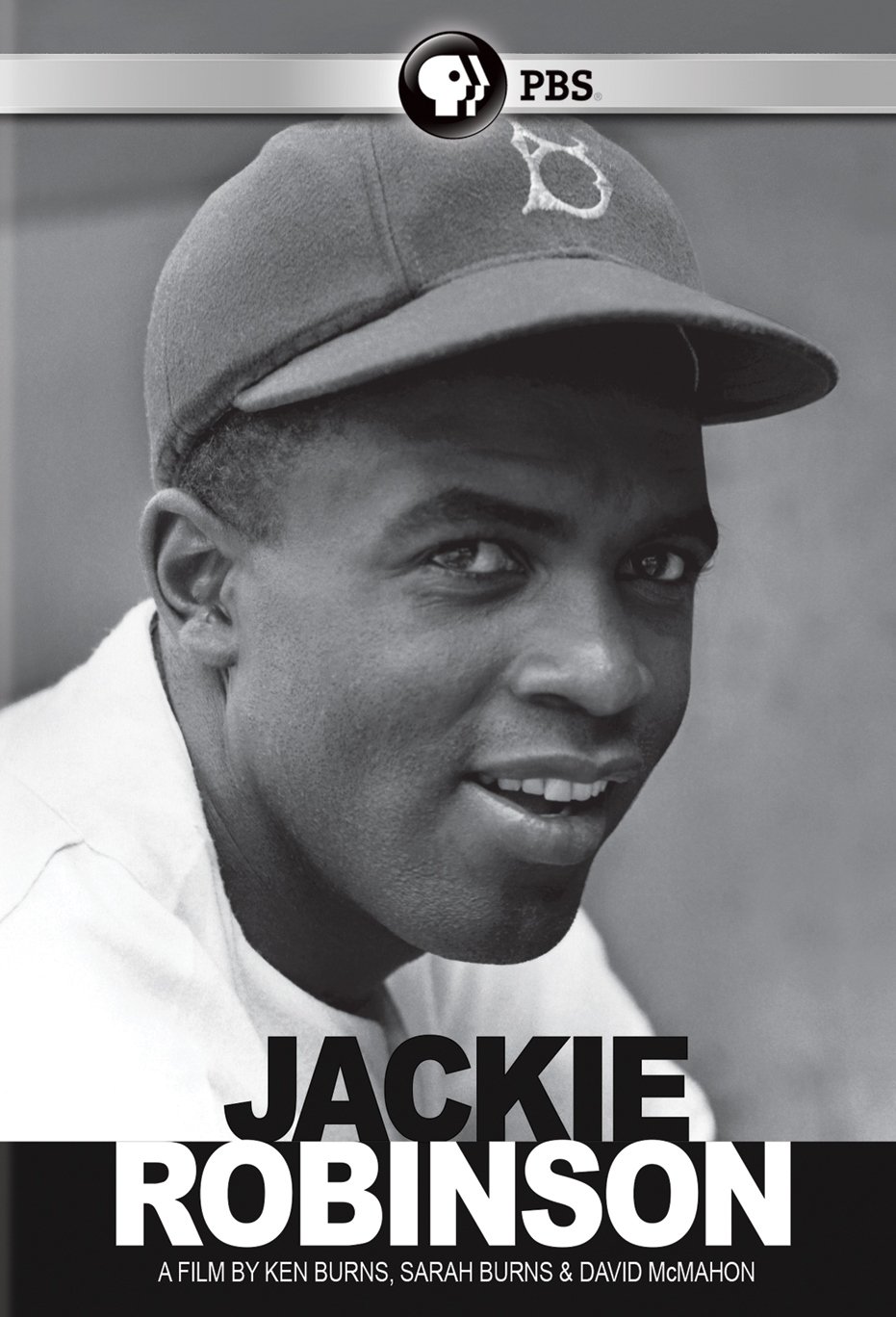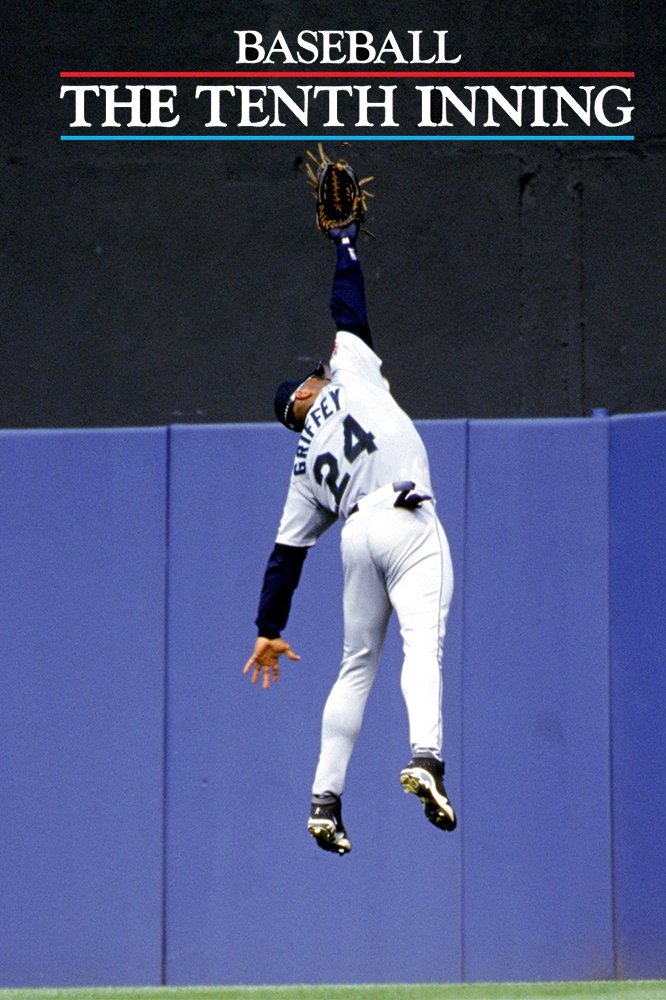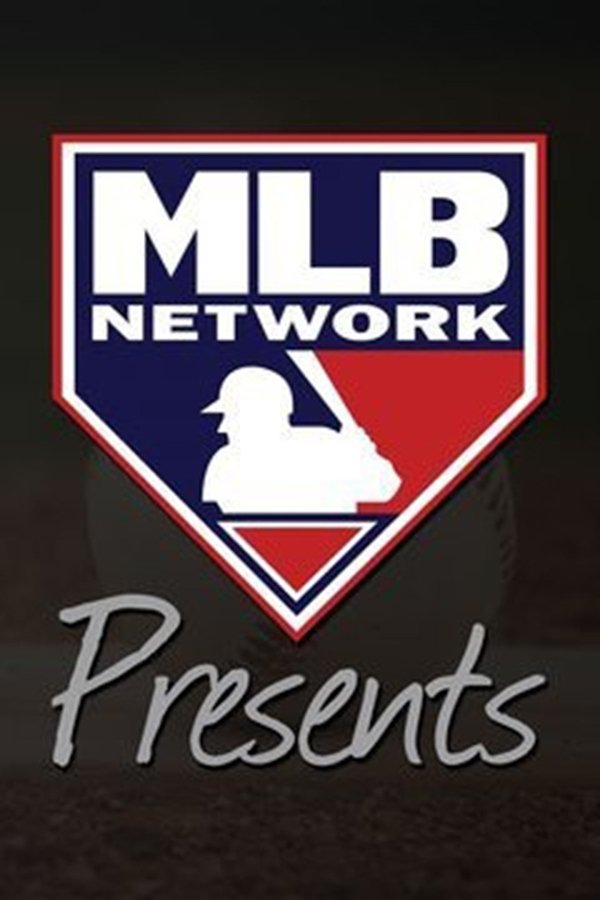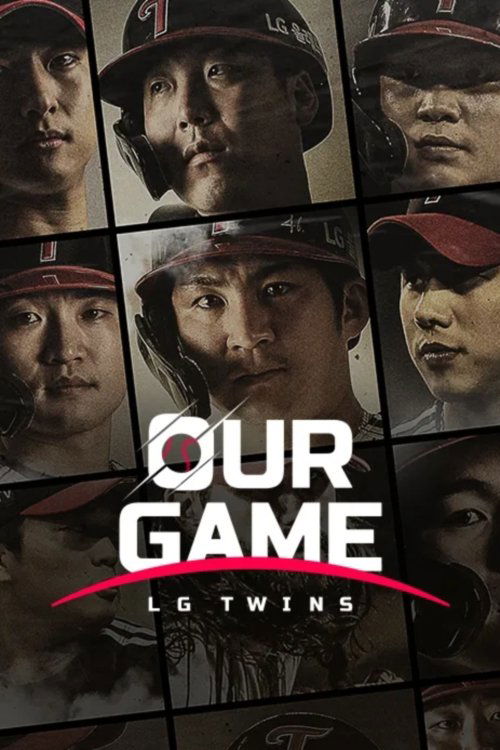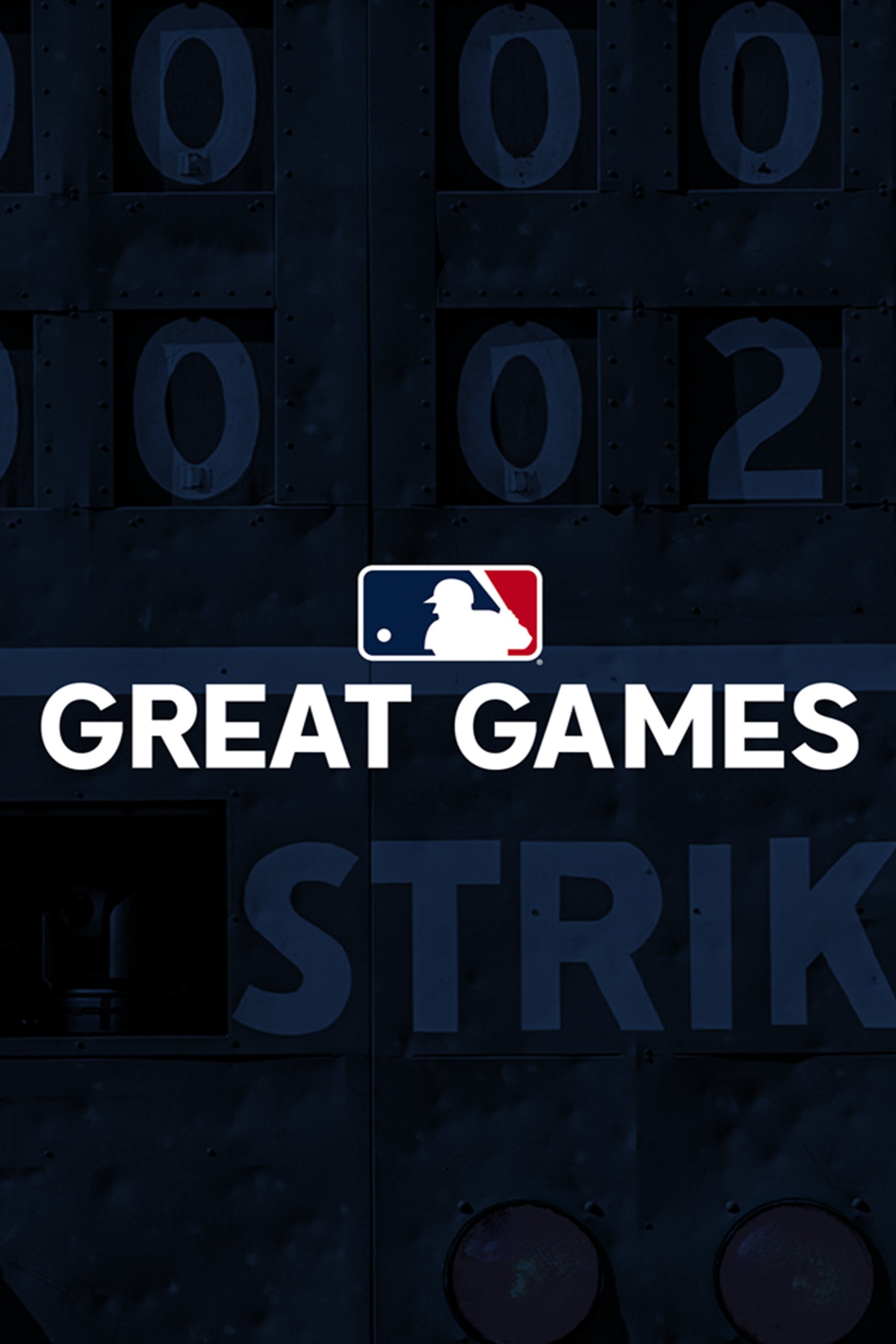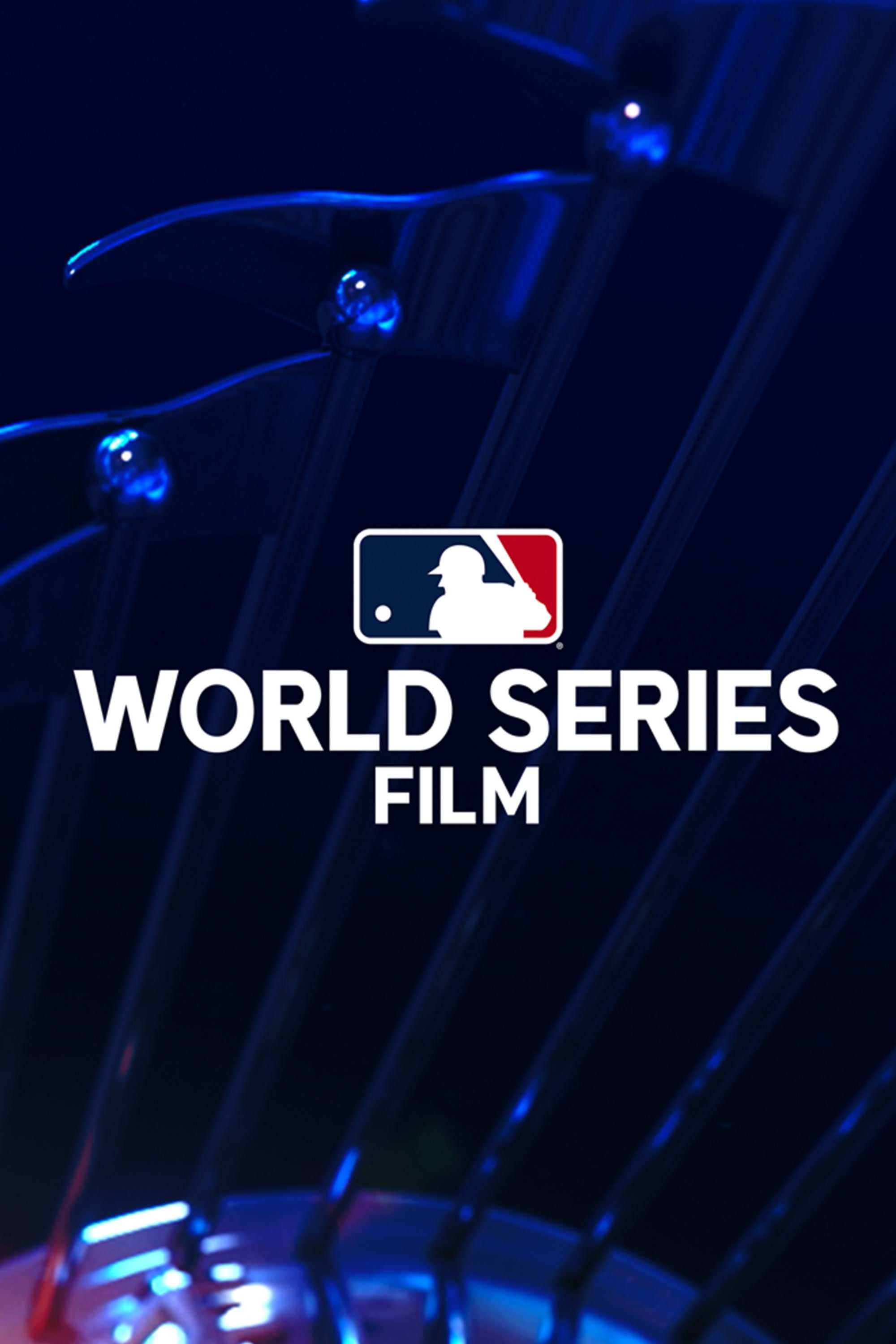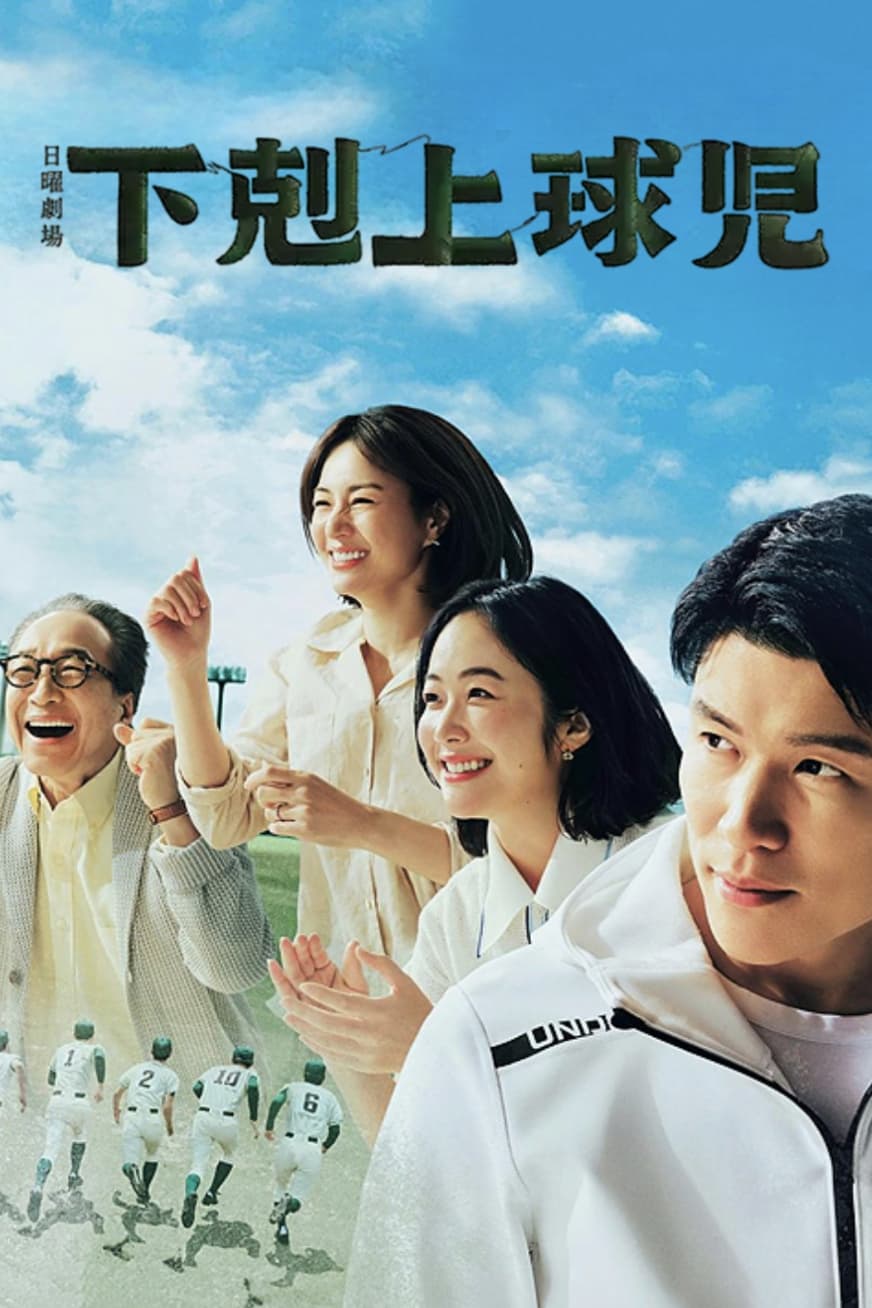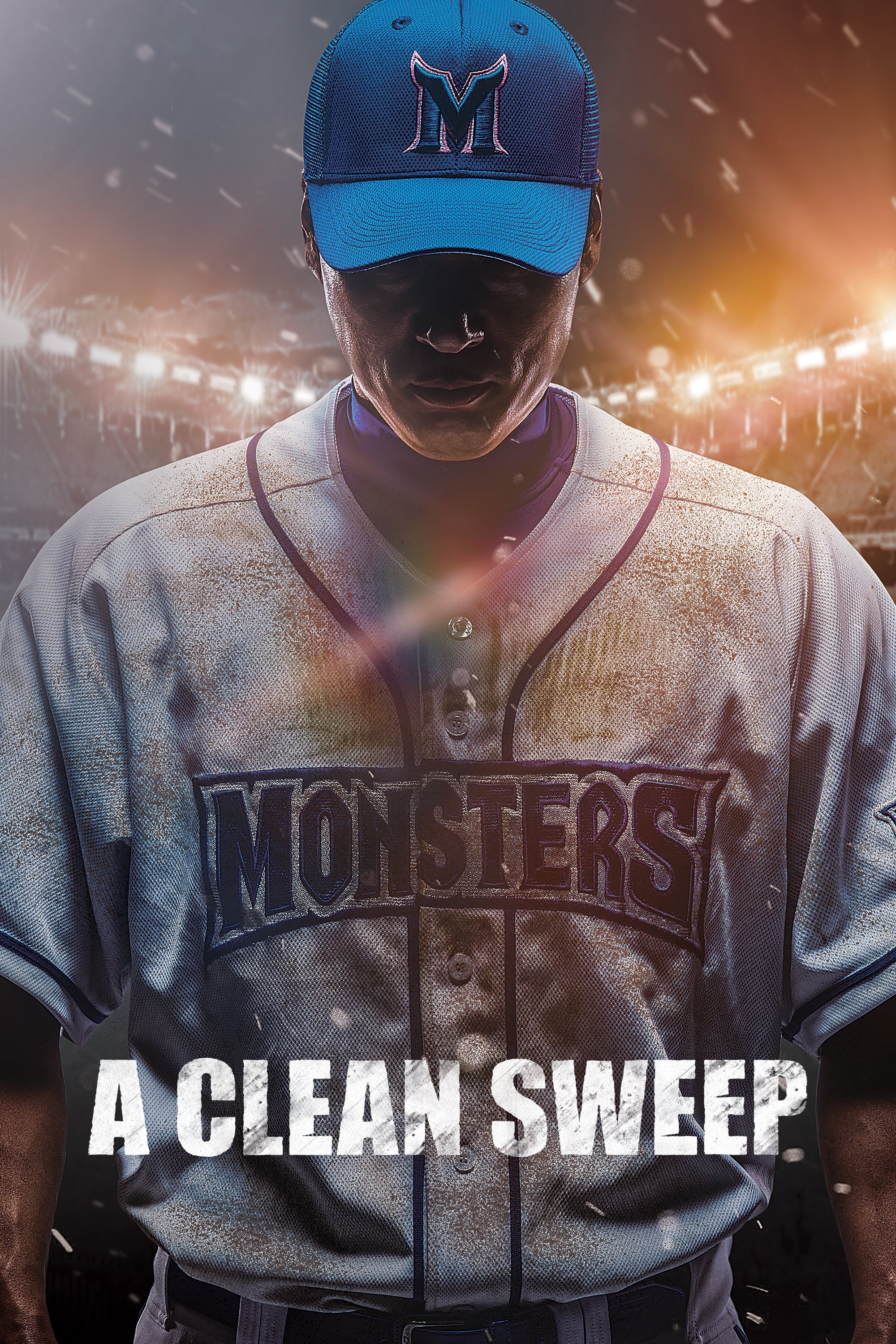
Baseball
series not in production
Ended

Documentary
Seasons | 1
Episodes | 9
avg.Runtime | 103 min
First EP | 1994-09-18
Last EP | 1994-09-28
Overview
Stream on
The history of the sport of baseball in America, told through archival photos, film footage, and the words of those who contributed to the game in each era. Writers, historians, players, baseball personnel, and fans review key events and the significance of the game in America's history.
Created by
Produced by

Florentine Films

WETA
Season List

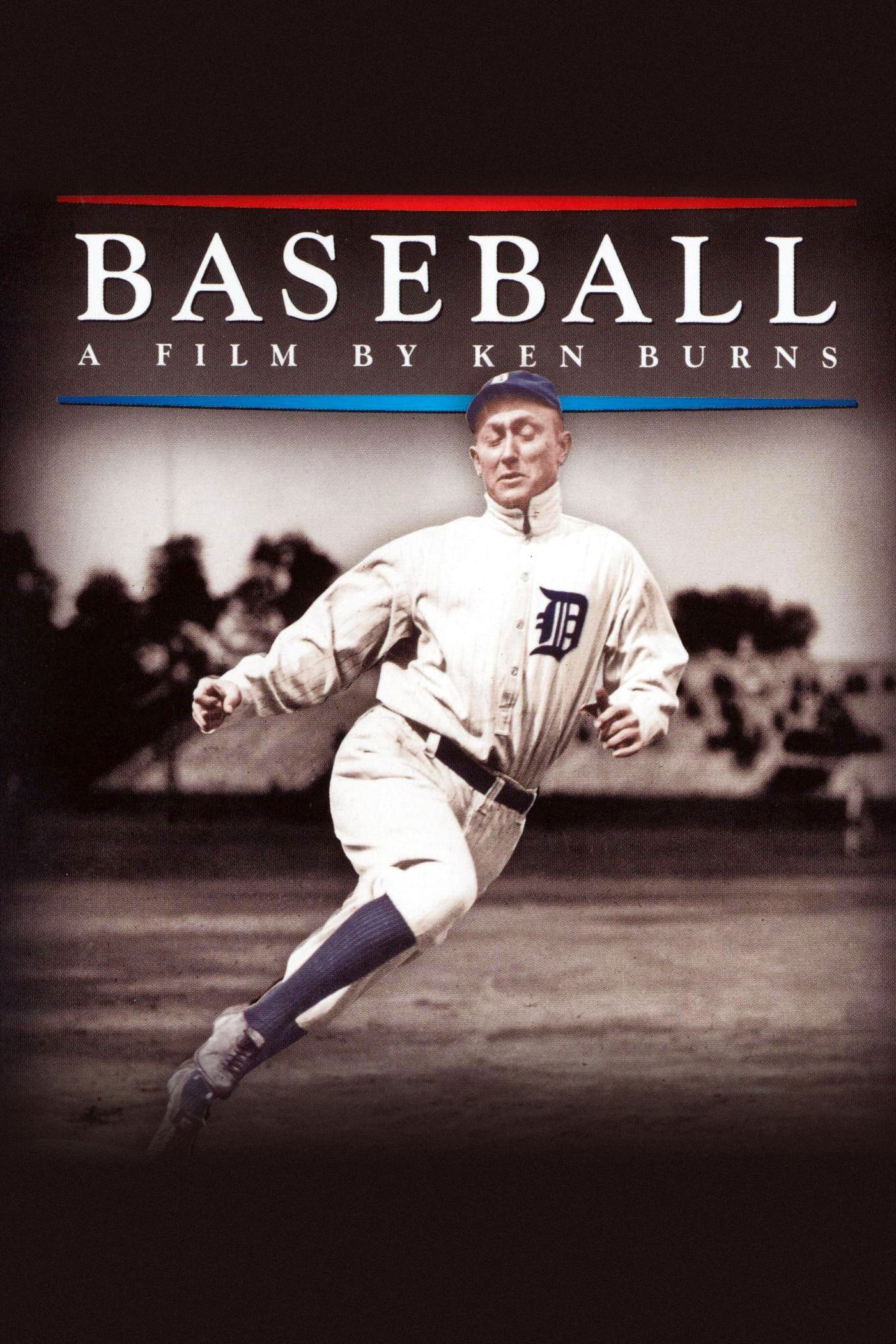
season 1 || Miniseries
Relesed on | 1994-09-18
1

Inning One: Our Game
1994-09-18
In New York City, in the 1840s, people need a diversion from the "railroad pace" at which they work and live. They find it in a game of questionable origins. On June 19th, 1846, at the Elysian Fields in Hoboken, New Jersey, a team of well-dressed gentlemen, the Knickerbockers, play the first game of baseball. By 1856, the game is already being called "the national pastime," or simply, "Our Game." But the nation is about to be torn apart. And, in the midst of the Civil War, there is one thing that Americans North and South have in common: baseball.
2
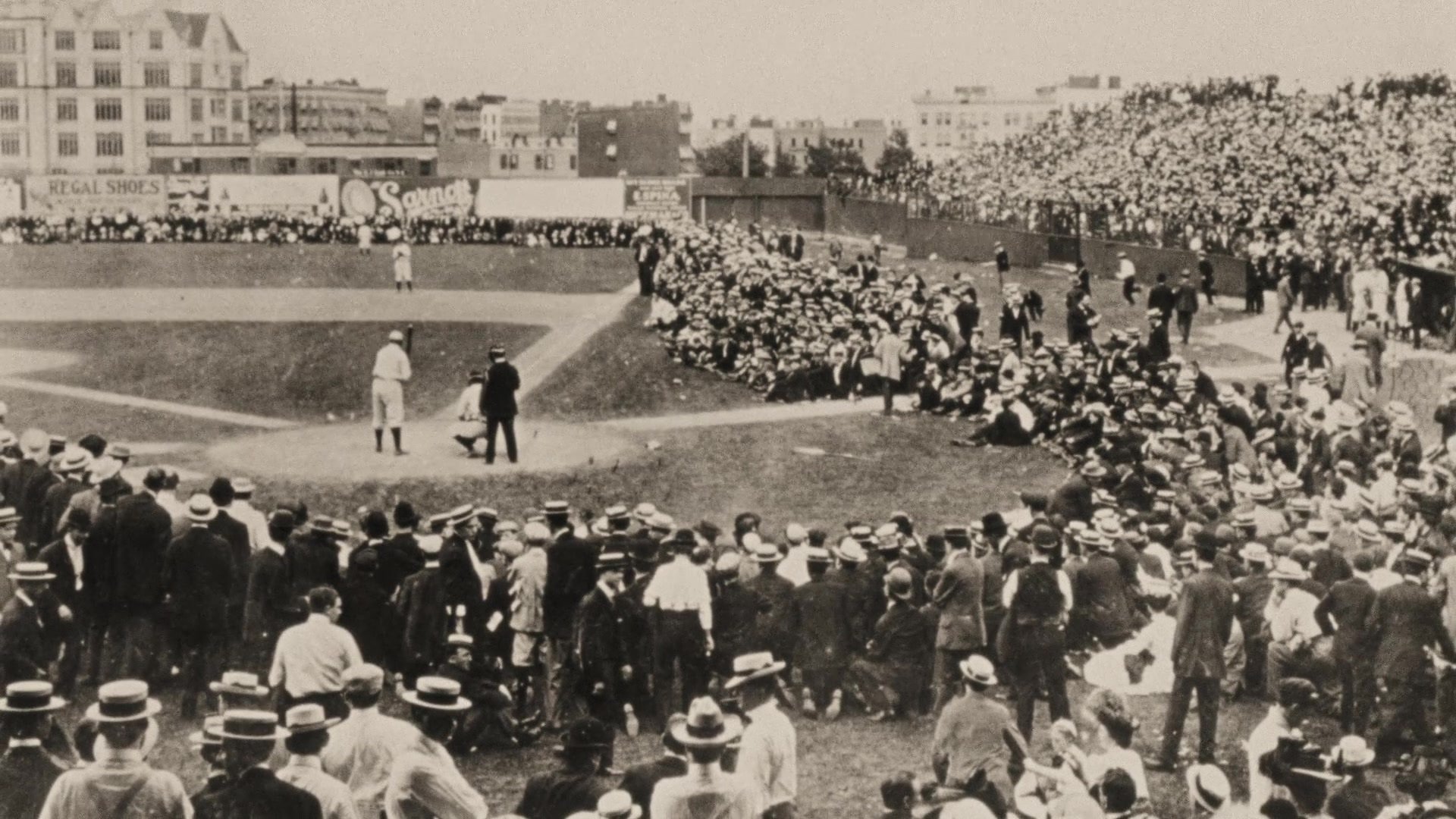
Inning Two: Something Like a War
1994-09-19
It is a decade of revolution. In China, in Central America. At Kitty Hawk. In Henry Ford's factory. And on America's baseball fields. In 1894, a sportswriter named Byron Bancroft "Ban" Johnson takes over a struggling minor league - the Western League - and turns it into a financial success. In 1900, he changes its name to the American League and begins talking about challenging the big city monopoly held by the National League. The revolution takes only three years. In 1903, the first World Series is played between the American League Boston Pilgrims and the National League Pittsburgh Pirates.
3
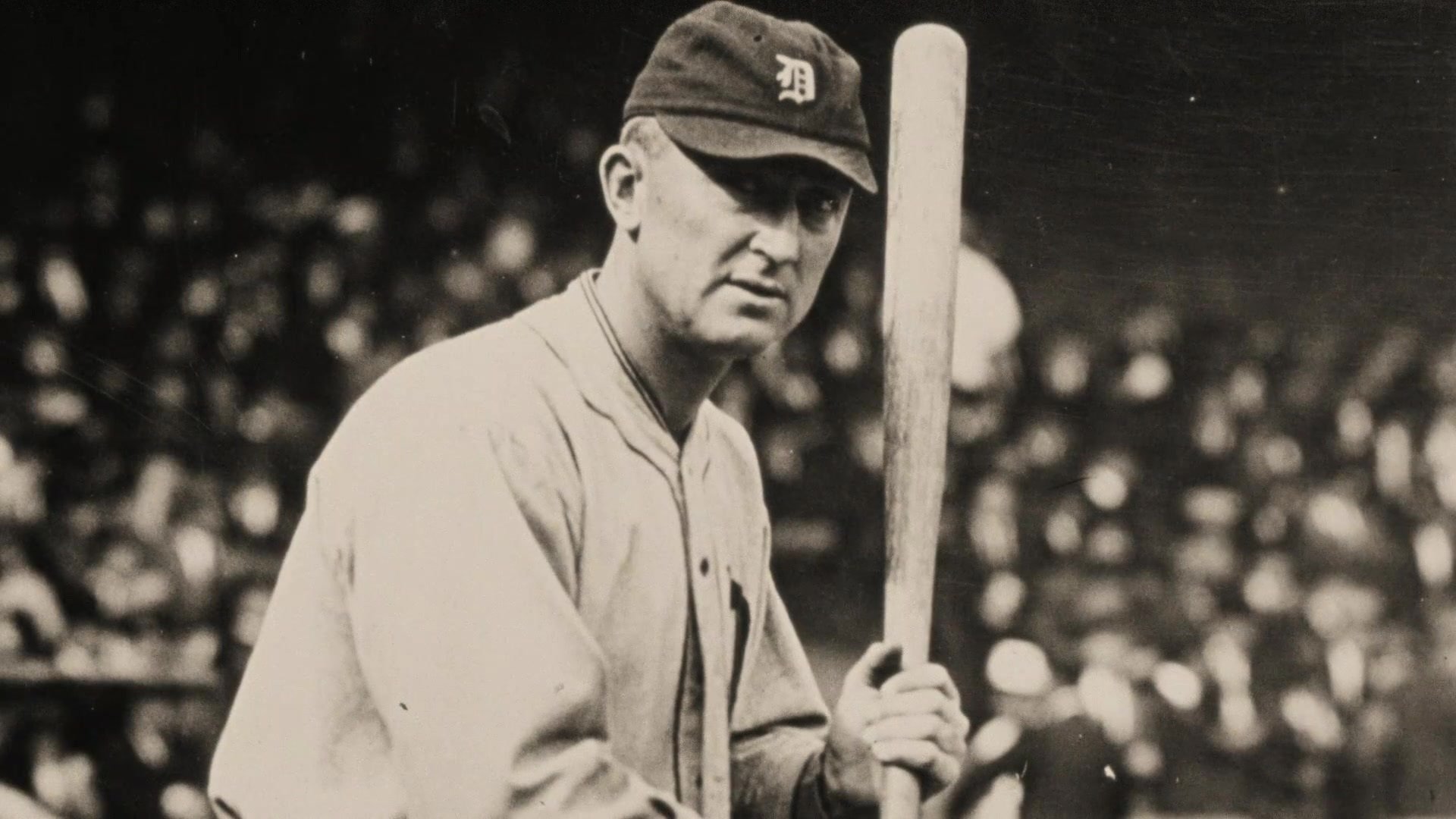
Inning Three: The Faith of Fifty Million People
1994-09-20
Examine the century's second decade, which was dominated by the Black Sox scandal. George Herman “Babe” Ruth makes his first major league appearance (as a member of the Boston Red Sox) and a wave of immigration helps fill the stands with new fans, eager to “become American” by learning America's game.
4
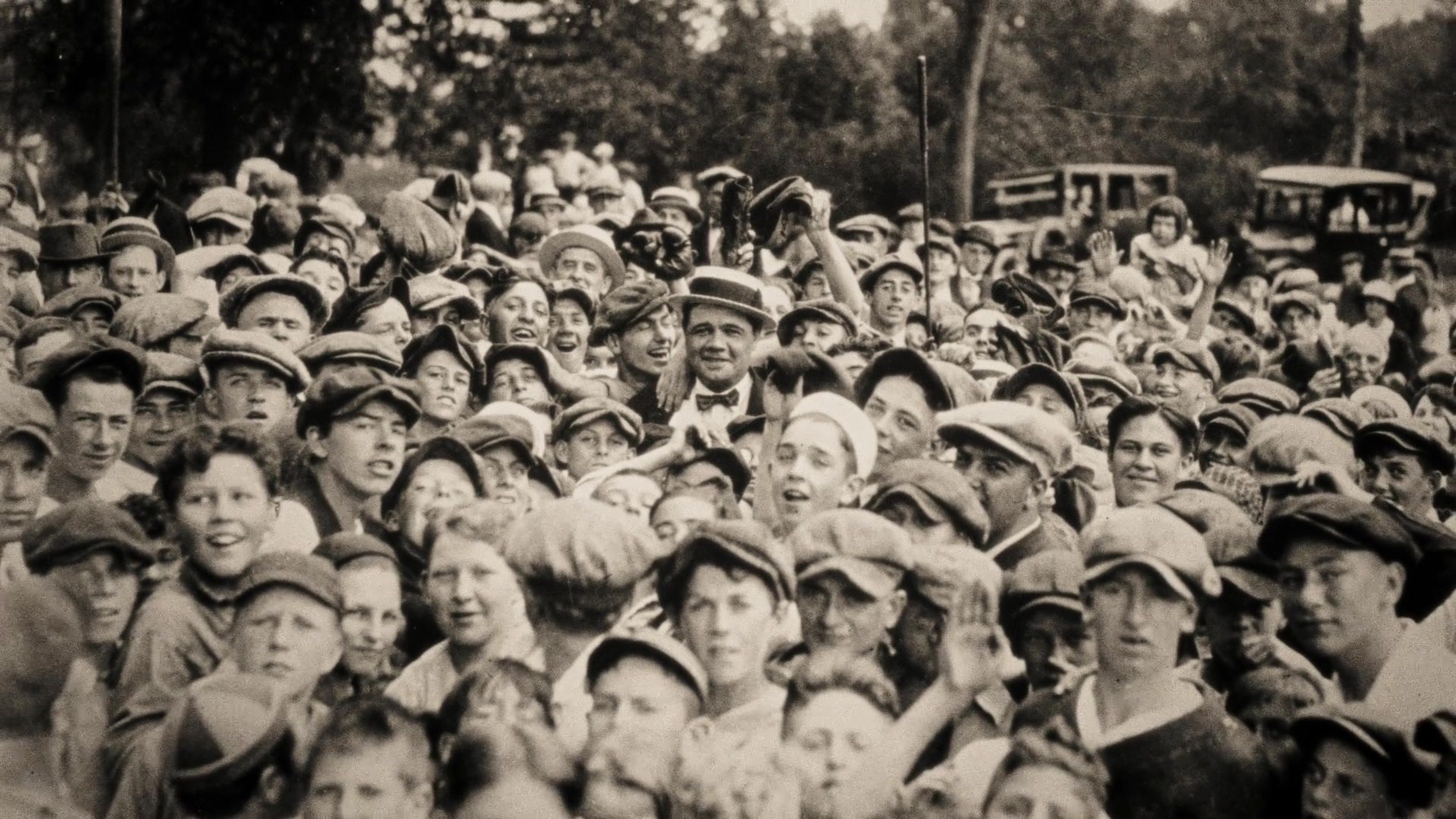
Inning Four: A National Heirloom
1994-09-21
This episode concentrates on Babe Ruth, whose phenomenal performance thrilled the nation throughout the 1920s and rescued the game from the scandal of the previous decade.
5
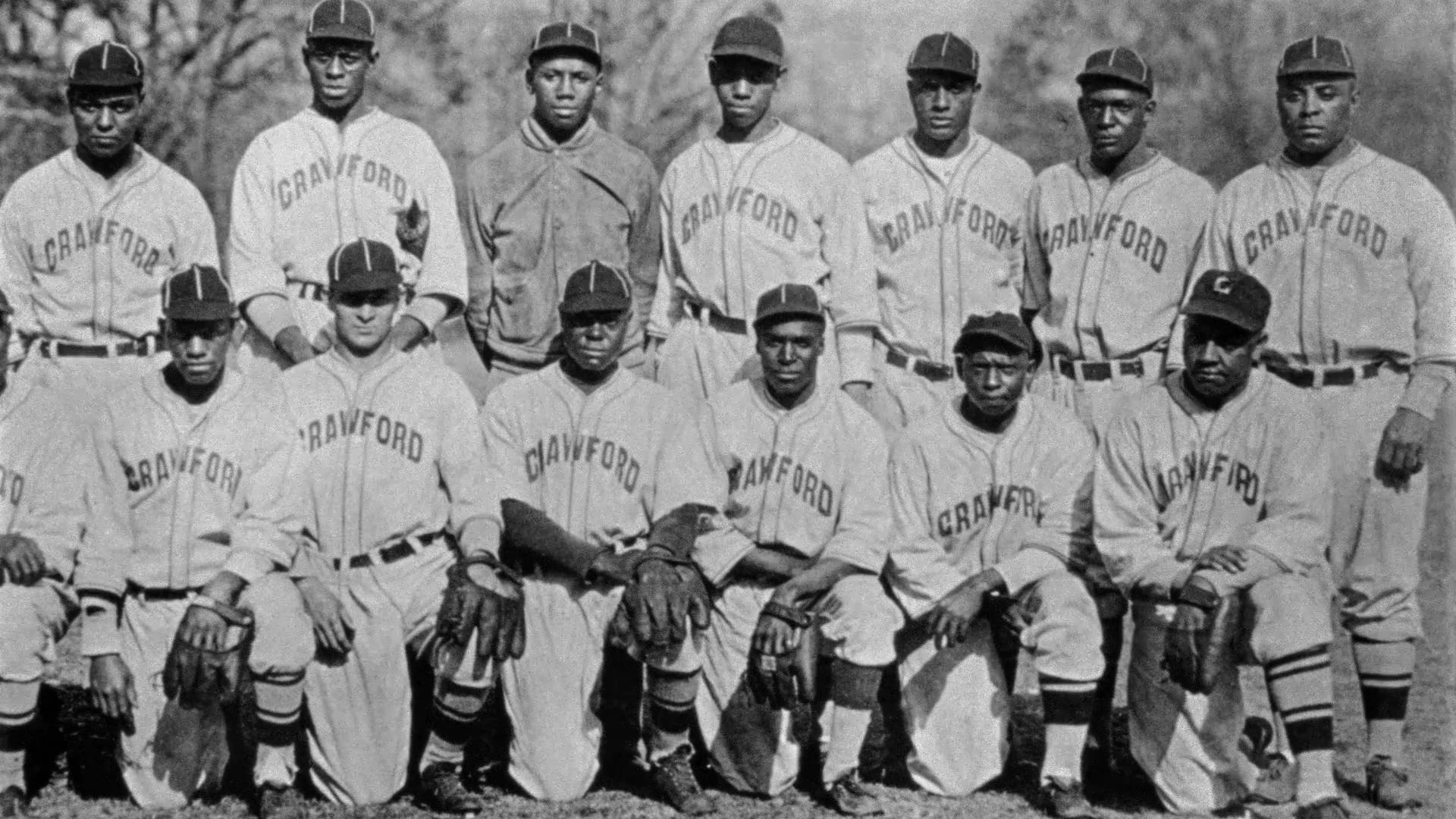
Inning Five: Shadow Ball
1994-09-22
The story of the Negro Leagues in the 1930s. “Shadow Ball” refers to a common pre-game feature in which the players staged a mock game with an imaginary ball. Though unintended, the pantomime was an apt metaphor for the exclusion of blacks from major league play at that time.
6

Inning Six: The National Pastime
1994-09-25
This episode covers the 1940s and includes Joe DiMaggio's celebrated hitting streak, the awe-inspiring performance of Ted Williams and what Burns calls “baseball's finest moment” — the debut of Jackie Robinson, who broke the color barrier as a member of the Brooklyn Dodgers in 1947.
7
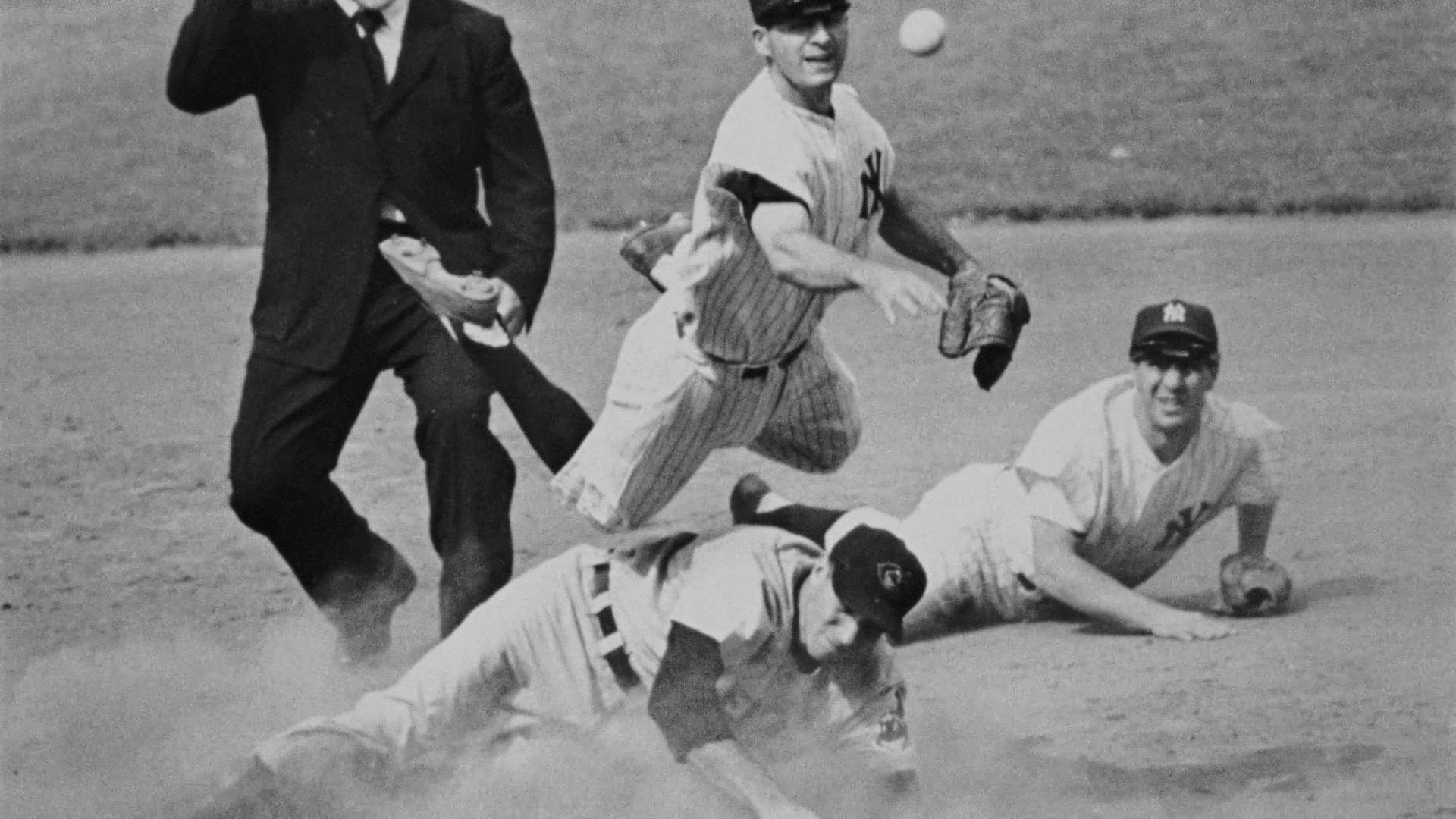
Inning Seven: The Capitol of Baseball
1994-09-26
Viewers are taken through the 1950s when New York City had three successful baseball teams and dominated the World Series. By the end of the decade, the Giants and Dodgers had left New York, a signal that the old game was changed forever.
8
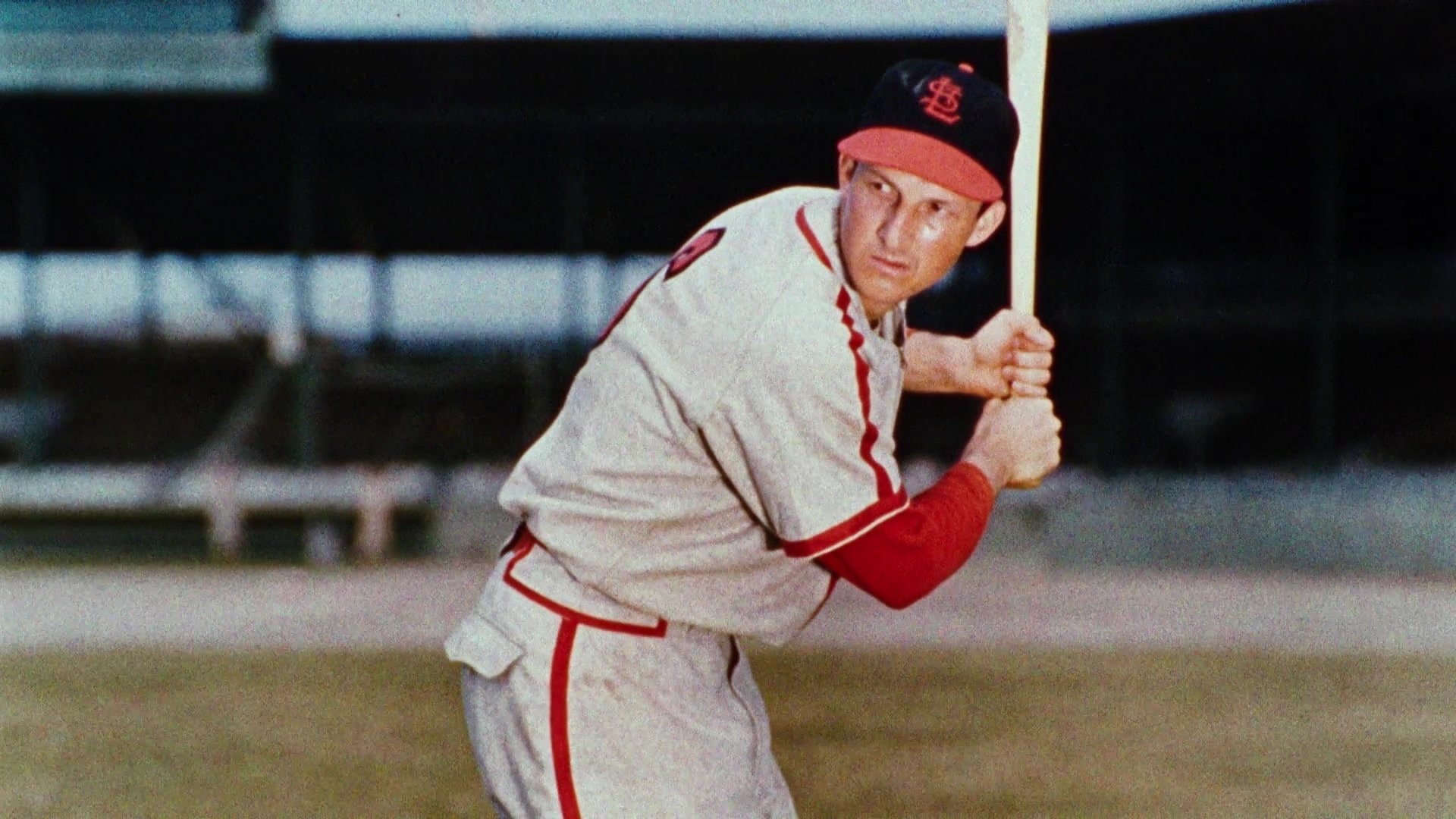
Inning Eight: A Whole New Ball Game
1994-09-27
The field is moved to the 1960s. This episode traces the emergence of television, the expansion to new cities and the building of anonymous multipurpose stadiums that robbed the game of its intimacy and some of its urban following.
9
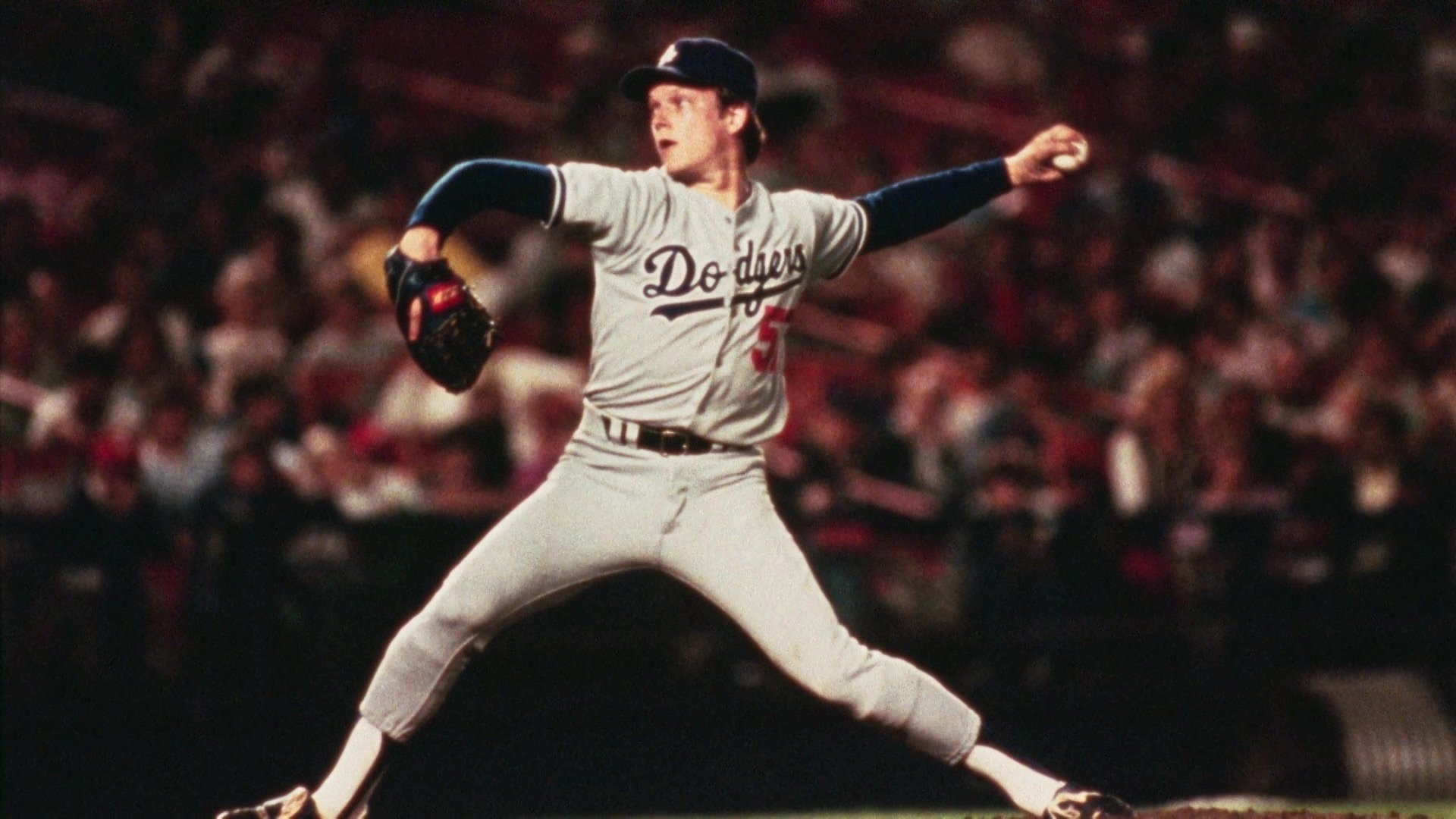
Inning Nine: Home
1994-09-28
The final episode looks at baseball from the 1970s to the present, including the establishment of the free agent system, the rise in player salaries, the continued expansion, the dilution of talent, the ongoing battles between labor and management and the scandals.
CAST
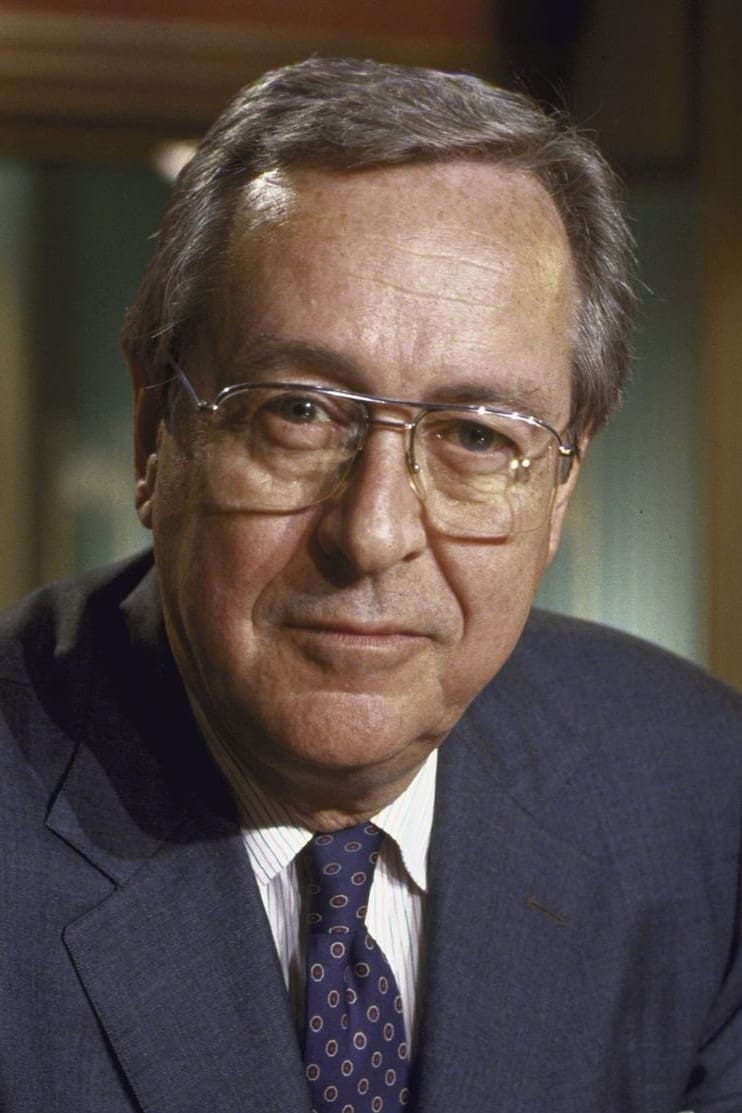
charactor: Narrator (voice)
Original: John Chancellor
Total EP: 9
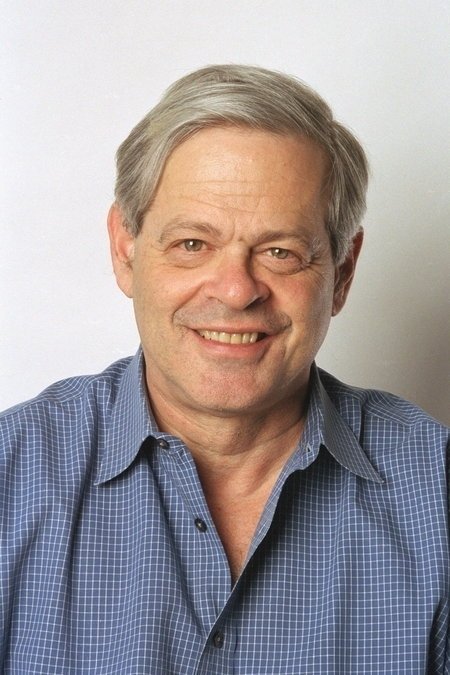
charactor: Self
Original: Daniel Okrent
Total EP: 9
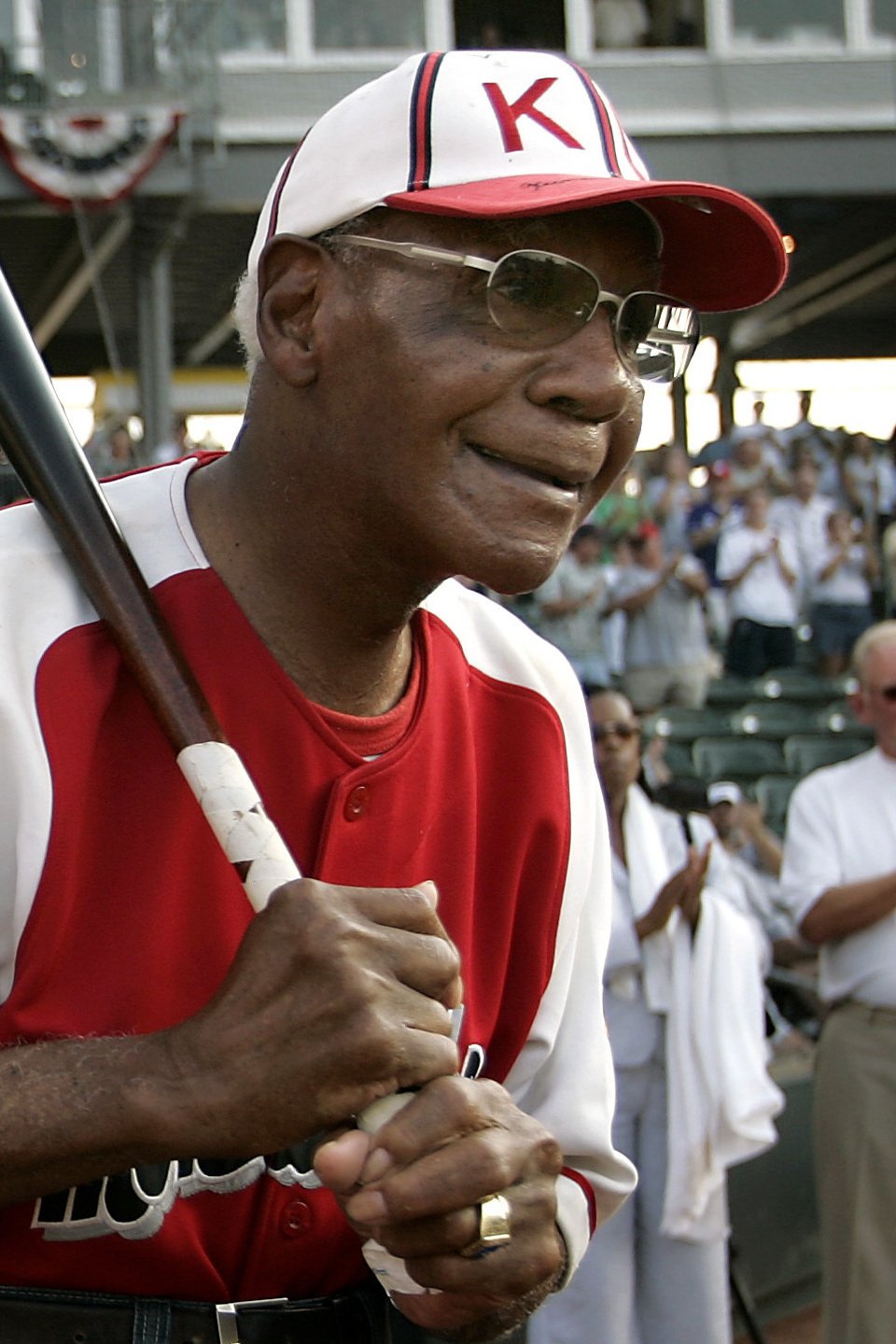
charactor: Self
Original: Buck O'Neil
Total EP: 9
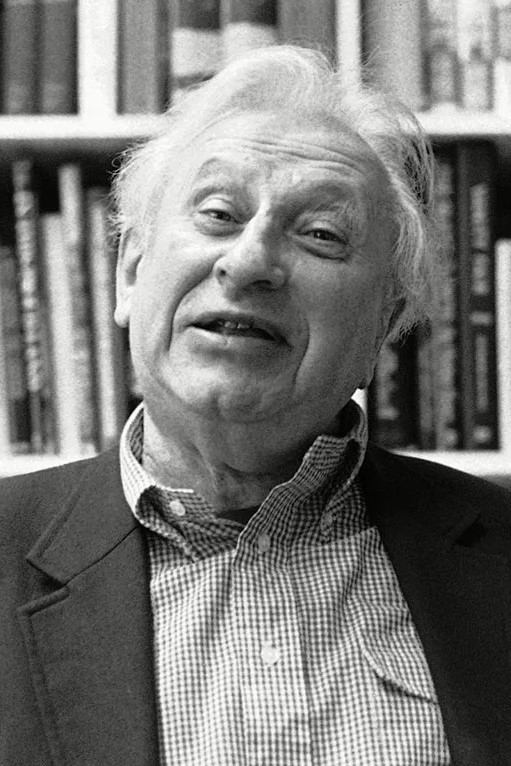
charactor: Self / (voice)
Original: Studs Terkel
Total EP: 9
charactor: Self
Original: Roger Angell
Total EP: 8

charactor: Self
Original: George Plimpton
Total EP: 7
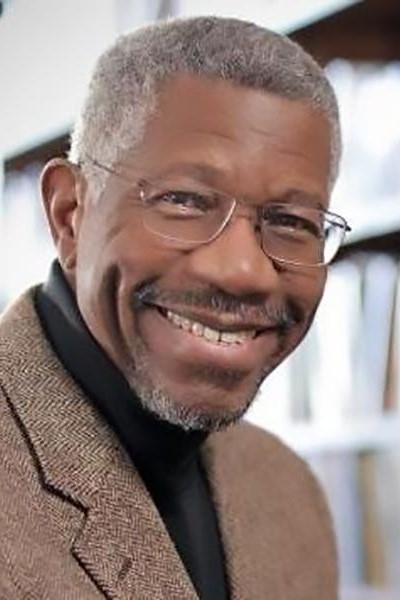
charactor: Self
Original: Gerald Early
Total EP: 7

charactor: Self
Original: George Will
Total EP: 7
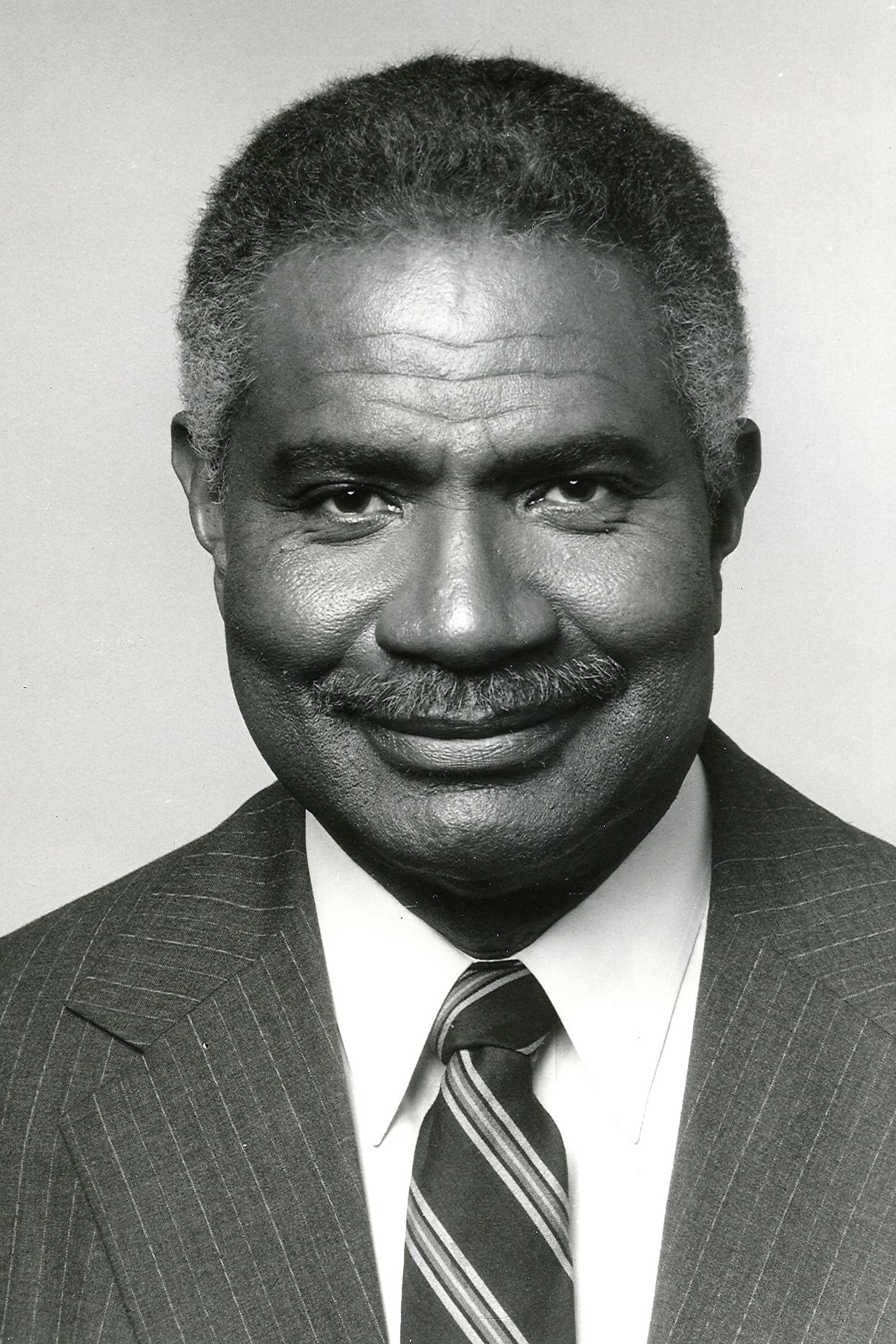
charactor: (voice)
Original: Ossie Davis
Total EP: 7
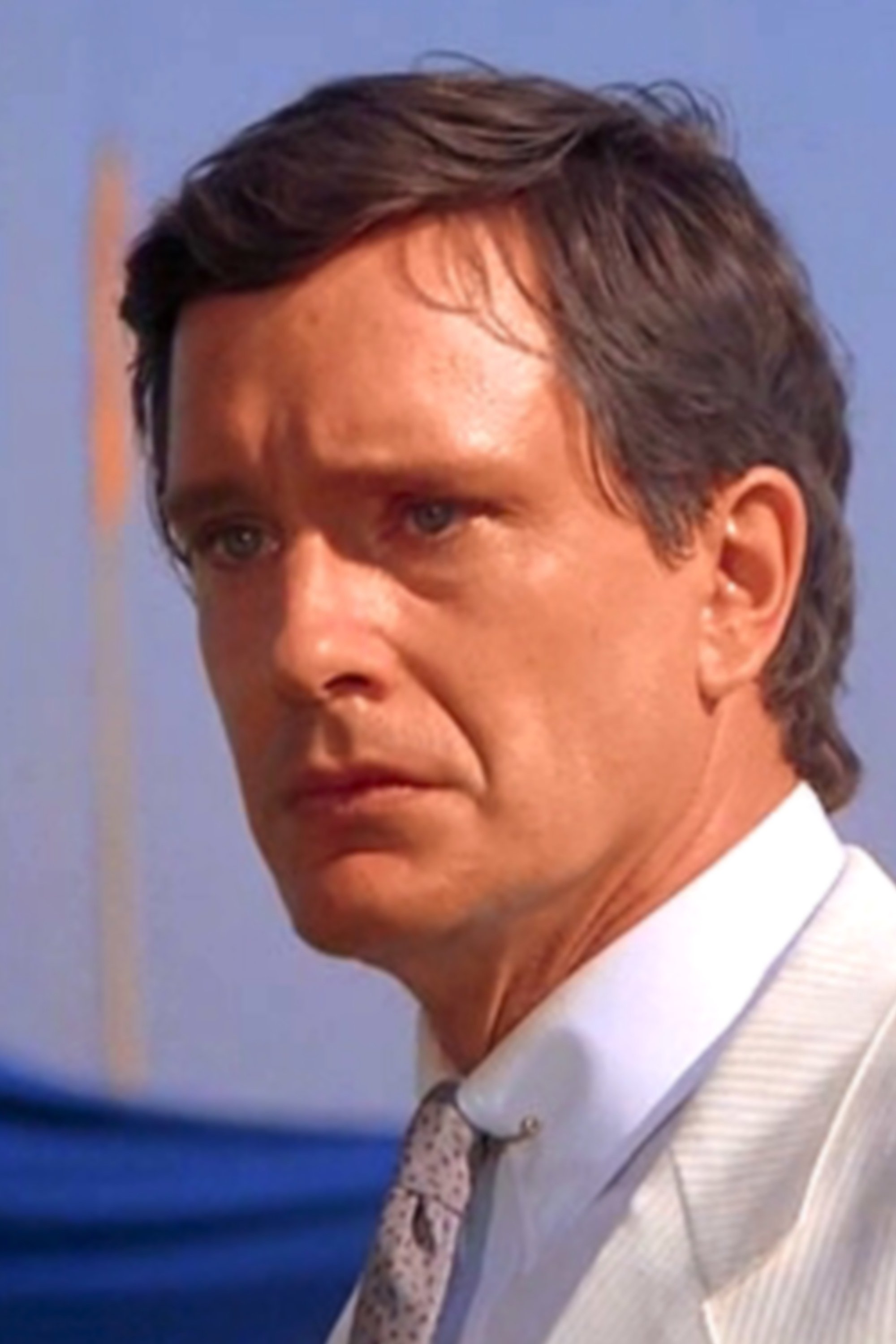
charactor: (voice)
Original: Paul Roebling
Total EP: 7
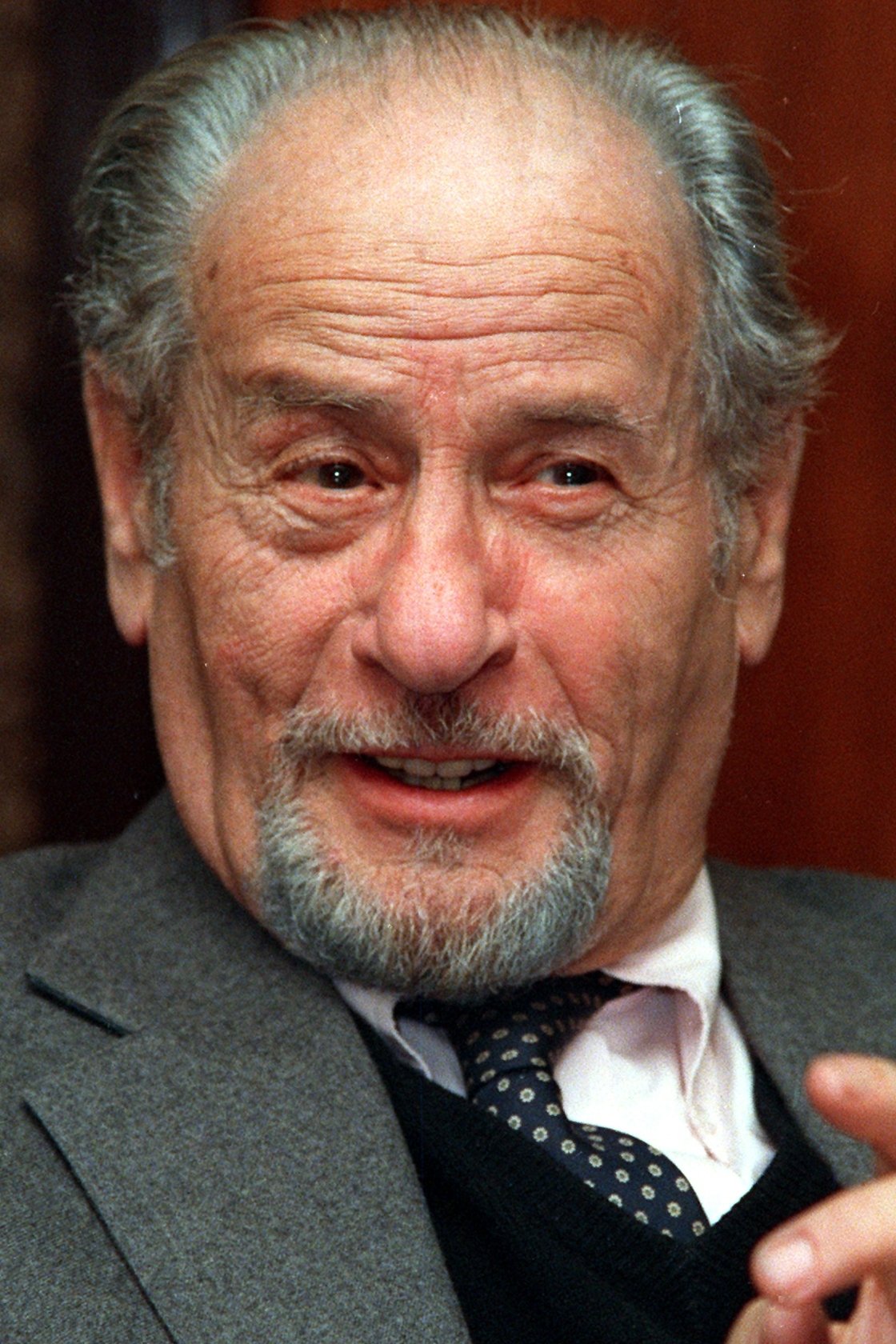
charactor: (voice)
Original: Eli Wallach
Total EP: 7
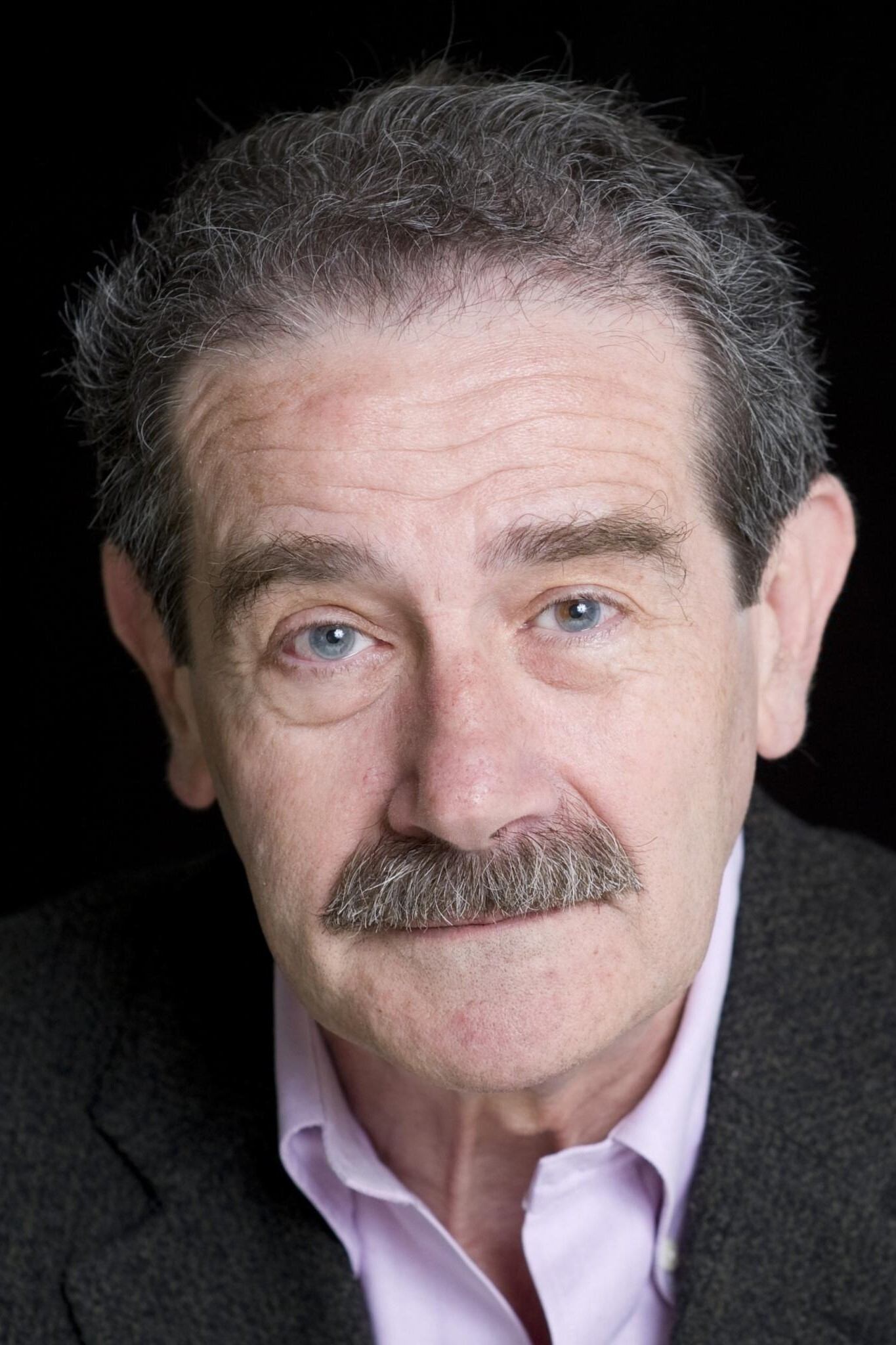
charactor: Self
Original: John Thorn
Total EP: 7
charactor: Self
Original: Donald Hall
Total EP: 7
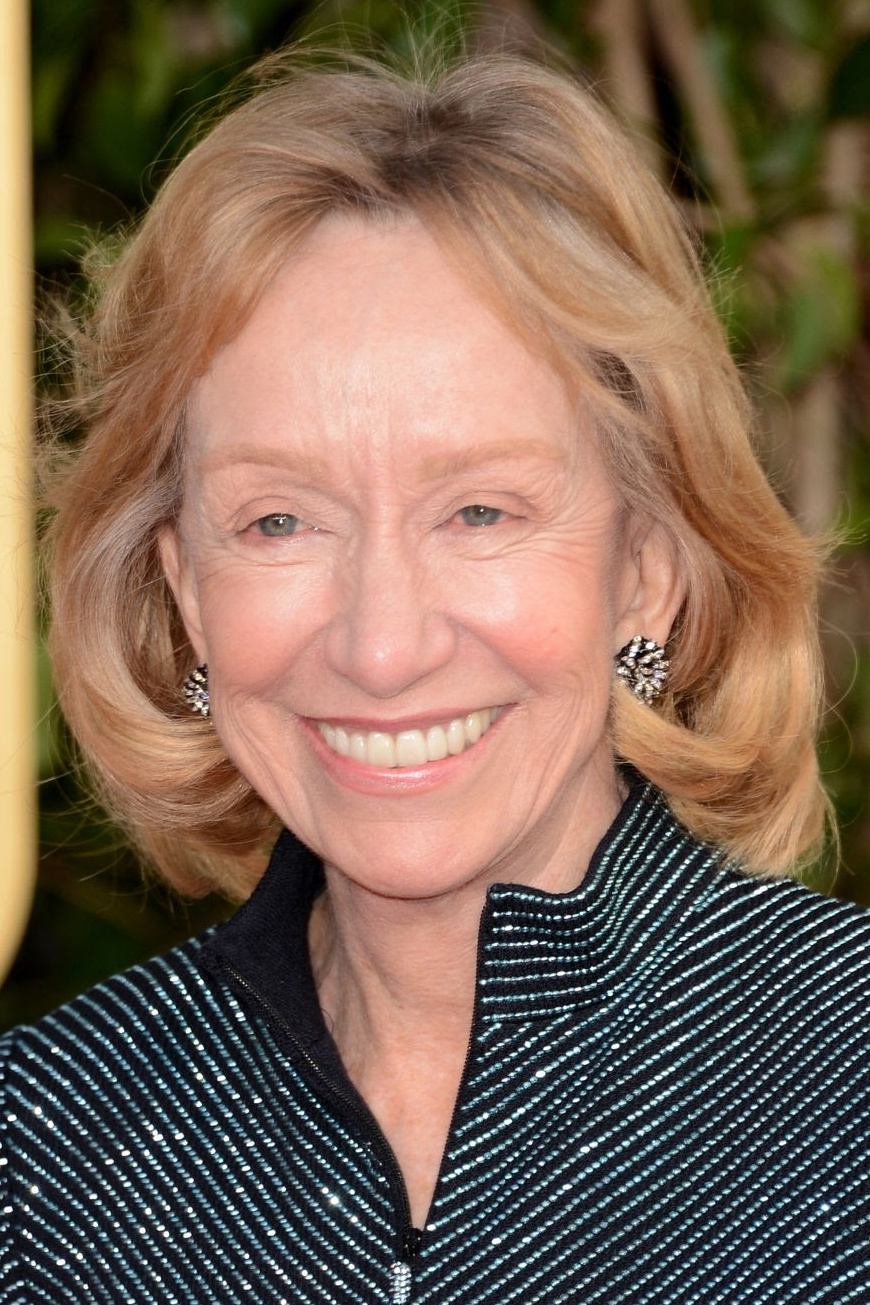
charactor: Self
Original: Doris Kearns Goodwin
Total EP: 7
charactor: Self
Original: Charles McDowell
Total EP: 7
charactor: Self
Original: Red Barber
Total EP: 6

charactor: Self
Original: Vin Scully
Total EP: 6
charactor: Self
Original: Stephen Jay Gould
Total EP: 6
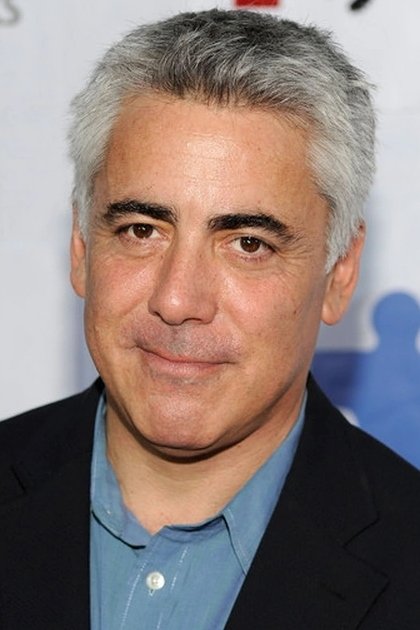
charactor: (voice)
Original: Adam Arkin
Total EP: 6
charactor: Self
Original: Robert W. Creamer
Total EP: 6

charactor: Self
Original: Bob Costas
Total EP: 5
charactor: Self
Original: Shelby Foote
Total EP: 5
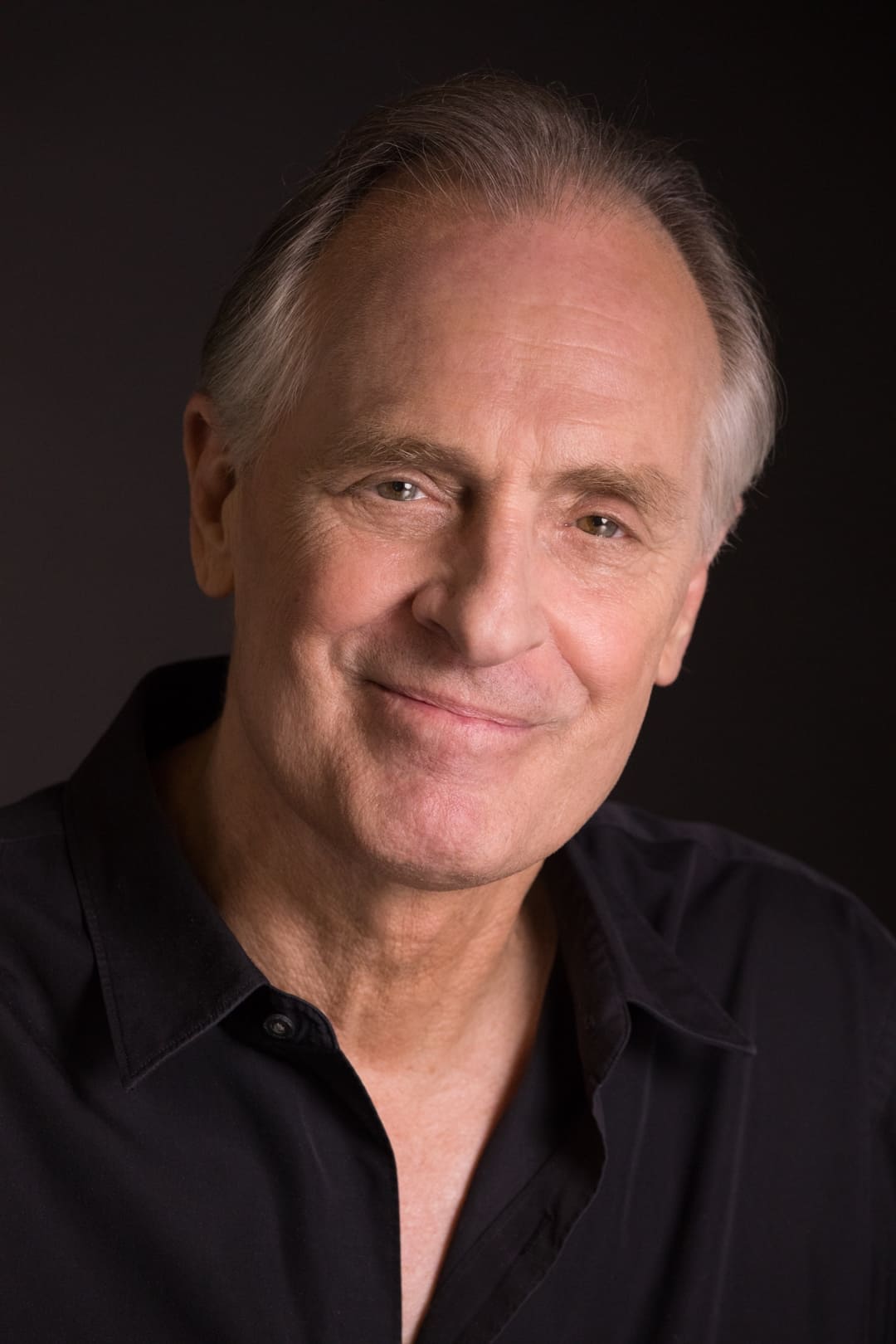
charactor: (voice)
Original: Keith Carradine
Total EP: 5
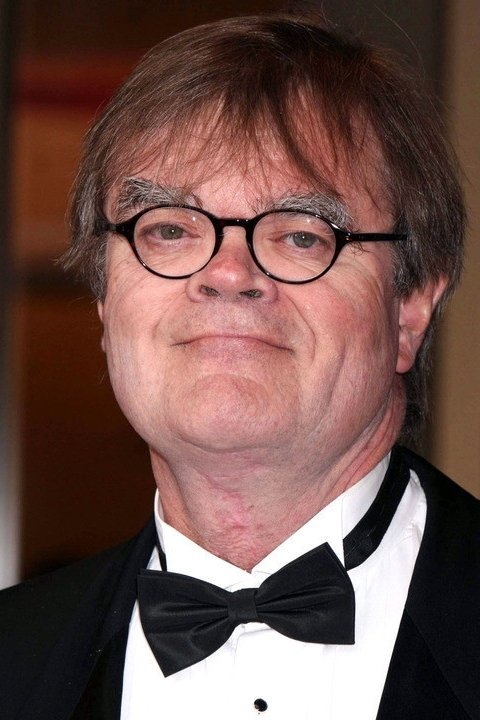
charactor: (voice)
Original: Garrison Keillor
Total EP: 5
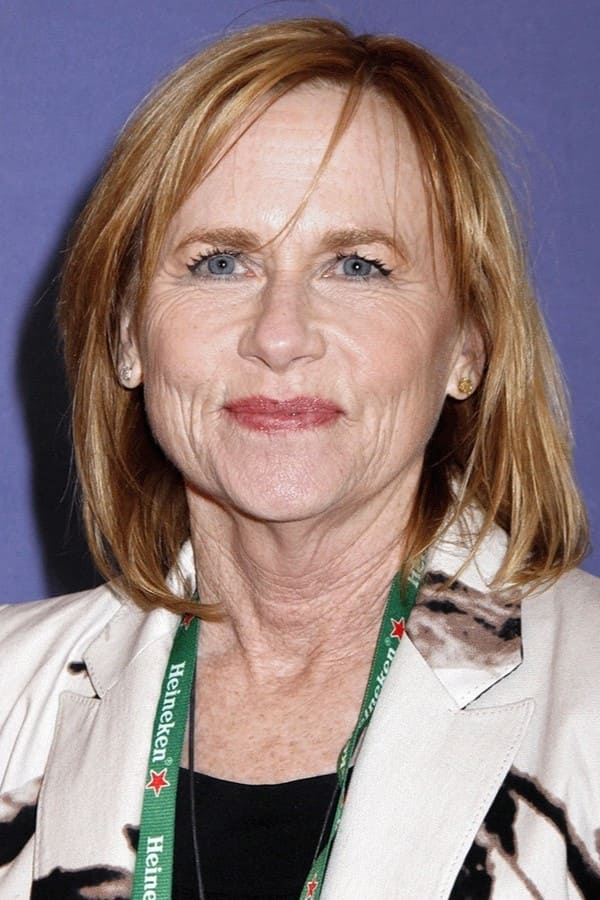
charactor: (voice)
Original: Amy Madigan
Total EP: 5
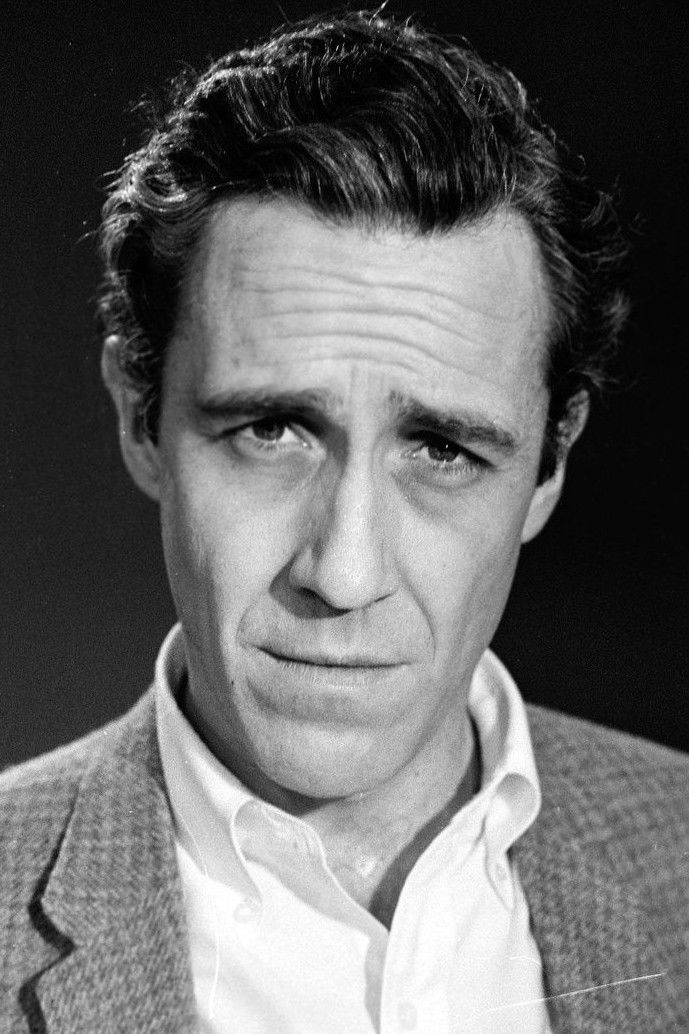
charactor: (voice)
Original: Jason Robards
Total EP: 5

charactor: (voice)
Original: John Turturro
Total EP: 5
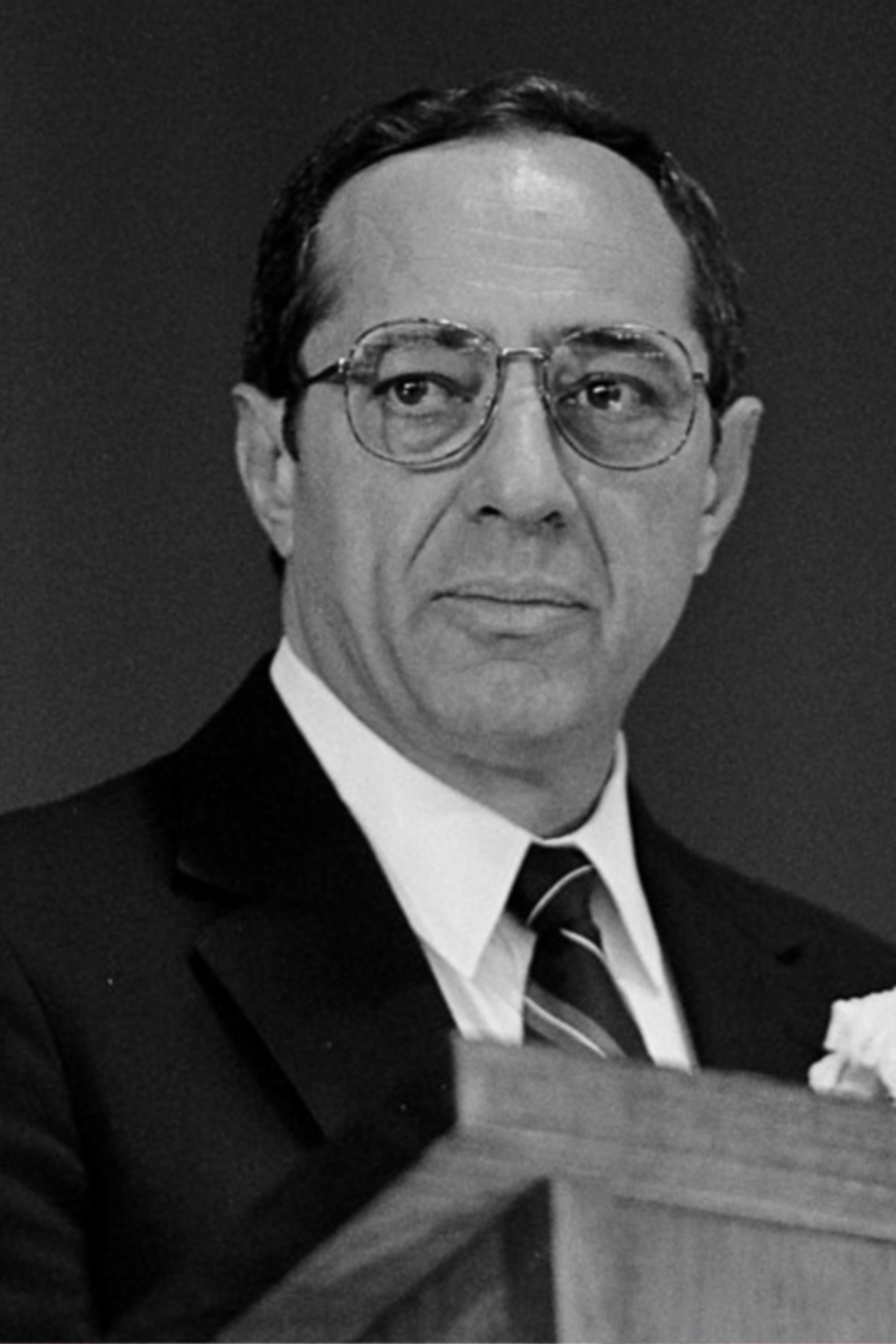
charactor: Self
Original: Mario Cuomo
Total EP: 5
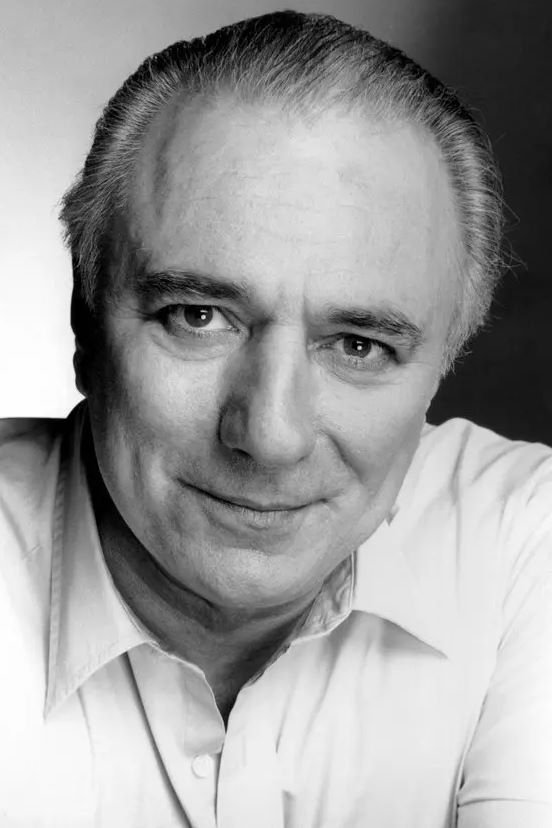
charactor: (voice)
Original: Philip Bosco
Total EP: 4
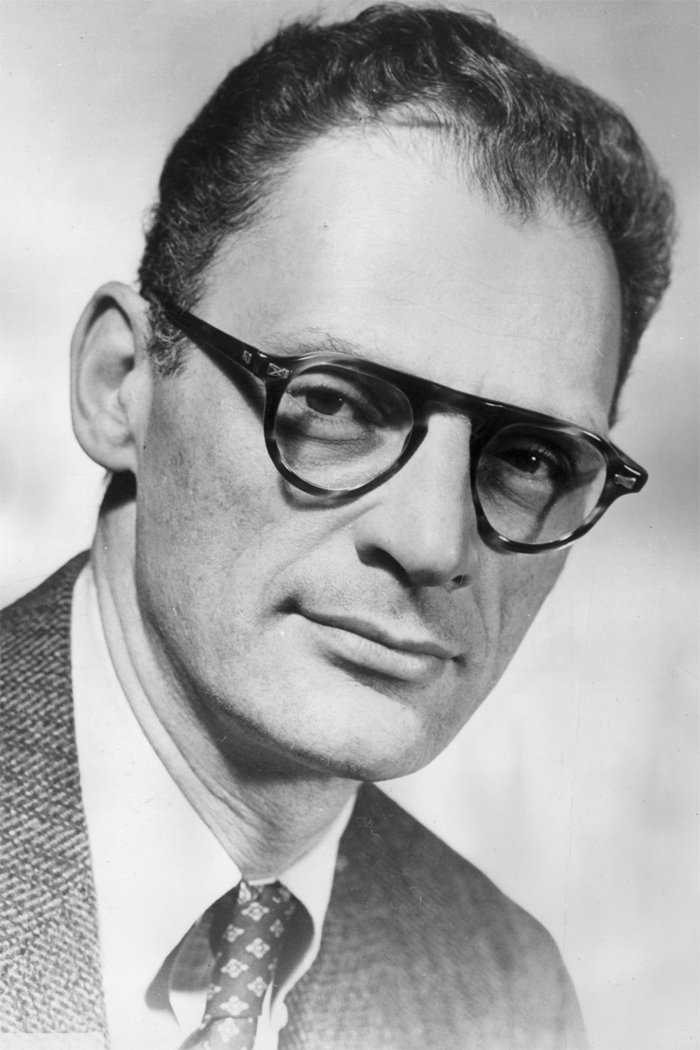
charactor: (voice)
Original: Arthur Miller
Total EP: 4
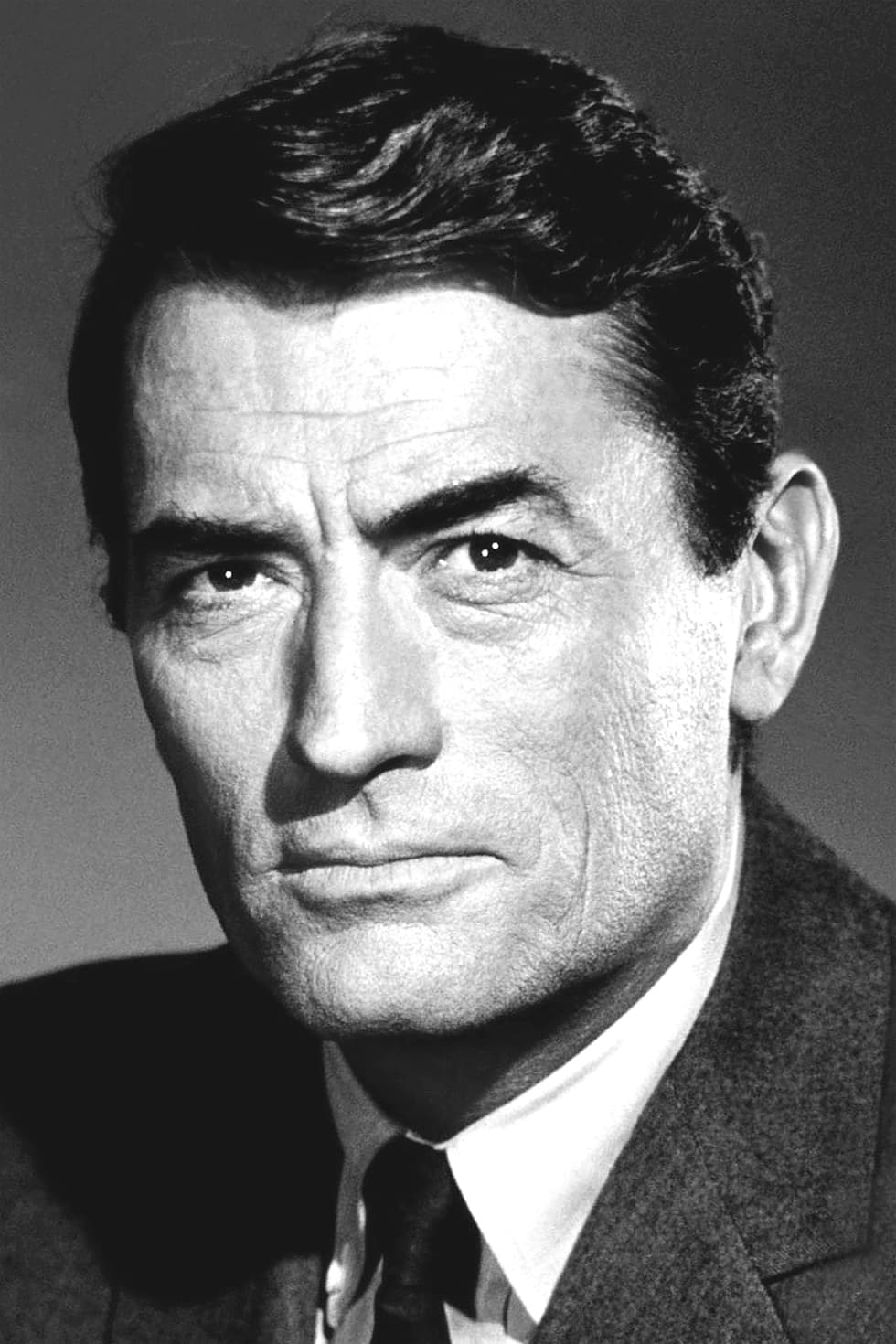
charactor: (voice)
Original: Gregory Peck
Total EP: 4
charactor: Self
Original: Thomas Boswell
Total EP: 4
charactor: Self
Original: Curt Flood
Total EP: 4

charactor: (voice)
Original: John Cusack
Total EP: 3

charactor: (voice)
Original: Loren Dean
Total EP: 3

charactor: (voice)
Original: Anthony Hopkins
Total EP: 3

charactor: Self
Original: Billy Crystal
Total EP: 3
charactor: (voice)
Original: Jody Powell
Total EP: 3
charactor: Self
Original: Manuel Márquez-Sterling
Total EP: 3
charactor: Self
Original: Sammie Haynes
Total EP: 3
CREW
James Madden
Title Designer
Art
Roger Haydock
Assistant Camera
Camera
Stephen Petegorsky
Still Photographer
Camera

Ken Burns
Director of Photography
Camera
Allen Moore
Director of Photography
Camera
Kevin Kertscher
Assistant Camera
Camera
Mead Hunt
Additional Director of Photography
Camera
Christopher M. Fisher
Assistant Camera
Camera
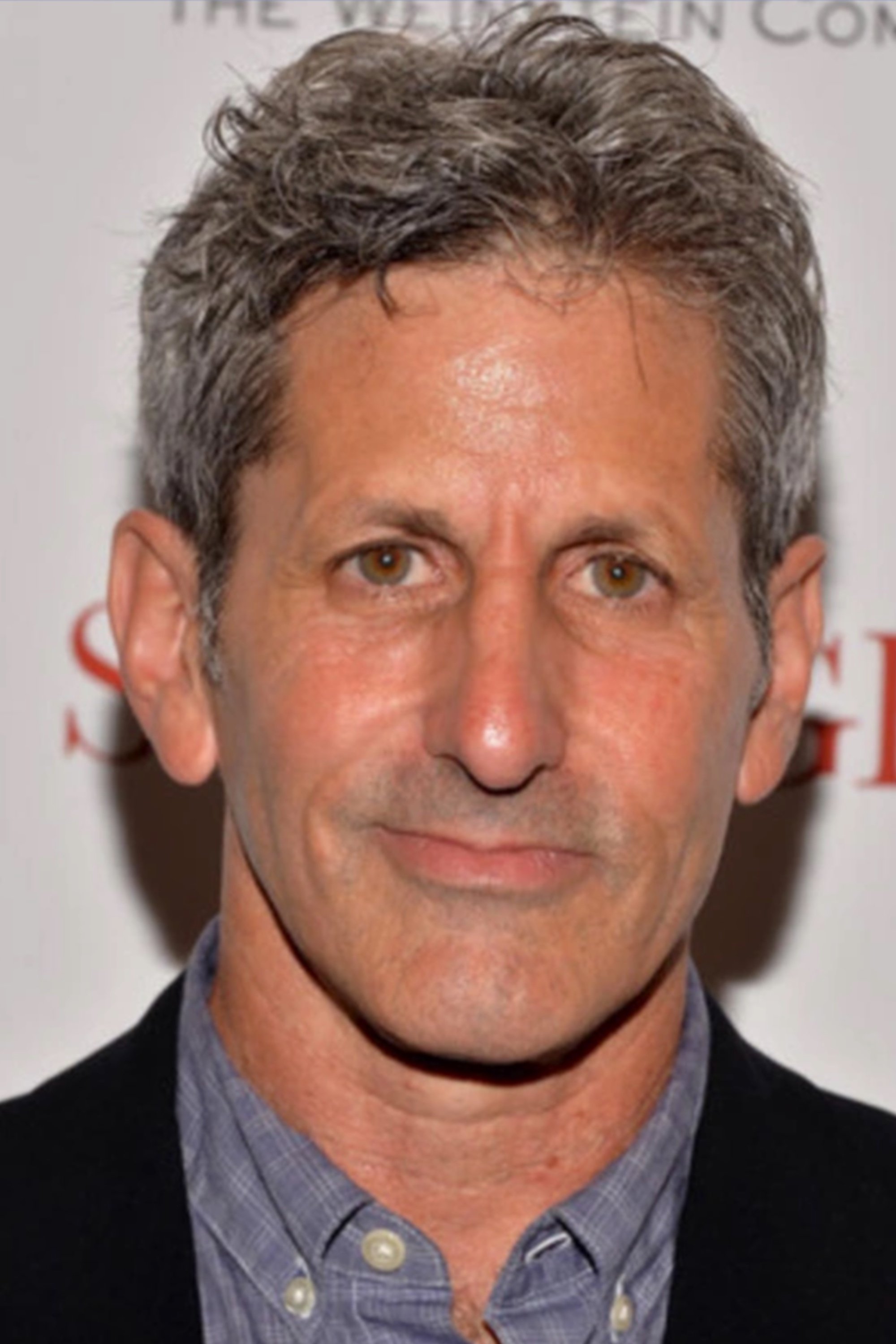
Buddy Squires
Director of Photography
Camera
Judy Johnson
Assistant Camera
Camera
Peter Nelson
Assistant Camera
Camera
Ian McCausland
Assistant Camera
Camera

Peter Hutton
Additional Director of Photography
Camera
Peter Gilbert
Additional Director of Photography
Camera
Terry Hopkins
Additional Director of Photography
Camera
Paul Barnes
Supervising Editor
Editing
Erik Ewers
Assistant Editor
Editing
Michael Levine
Additional Editing
Editing
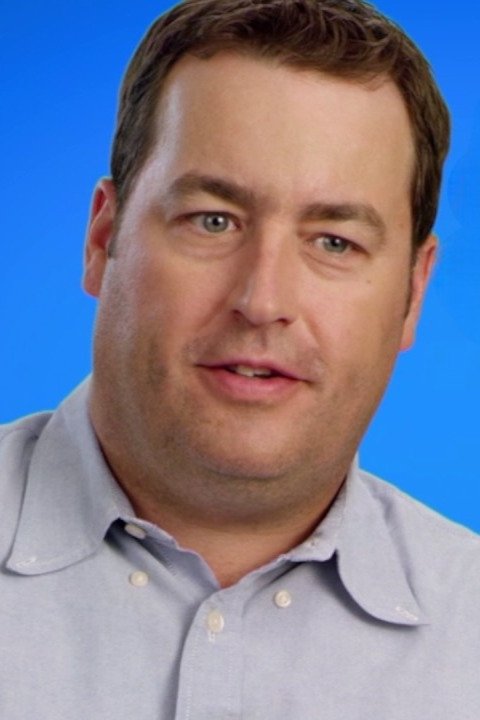
Matthew Landon
Assistant Editor
Editing
Rikk Desgres
Associate Editor
Editing
Tricia Reidy
Editor
Editing
Yaffa Lerea
Editor
Editing

Ken Burns
Producer
Production

Lynn Novick
Producer
Production
David Schaye
Associate Producer
Production
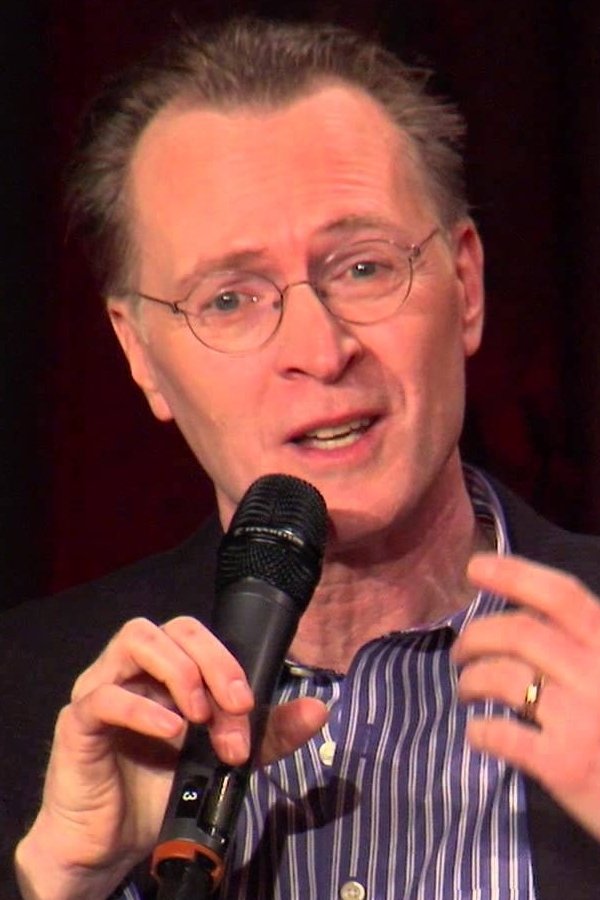
Stephen Ives
Consulting Producer
Production
Susanna Steisel
Associate Producer
Production
Mike Hill
Coordinating Producer
Production
Bruce Alfred
Coordinating Producer
Production
Camilla Rockwell
Production Manager
Production
Michael Balabuch
Assistant Sound Editor
Sound

John W. Walter
Sound Editor
Sound
Jennifer Dunnington
Apprentice Sound Editor
Sound
Ira Spiegel
Supervising Sound Editor
Sound
Elliot Deitch
Sound Editor
Sound
Marjorie Deutsch
Sound Editor
Sound
Marlena Grzaslewicz
Assistant Sound Editor
Sound
Zeborah Tidwell
Assistant Sound Editor
Sound
Dominick Tavella
Sound Re-Recording Mixer
Sound
Lee Dichter
Sound Re-Recording Mixer
Sound
“I would rather entertain and hope that people learned something than educate people and hope they were entertained.” – Walt Disney

